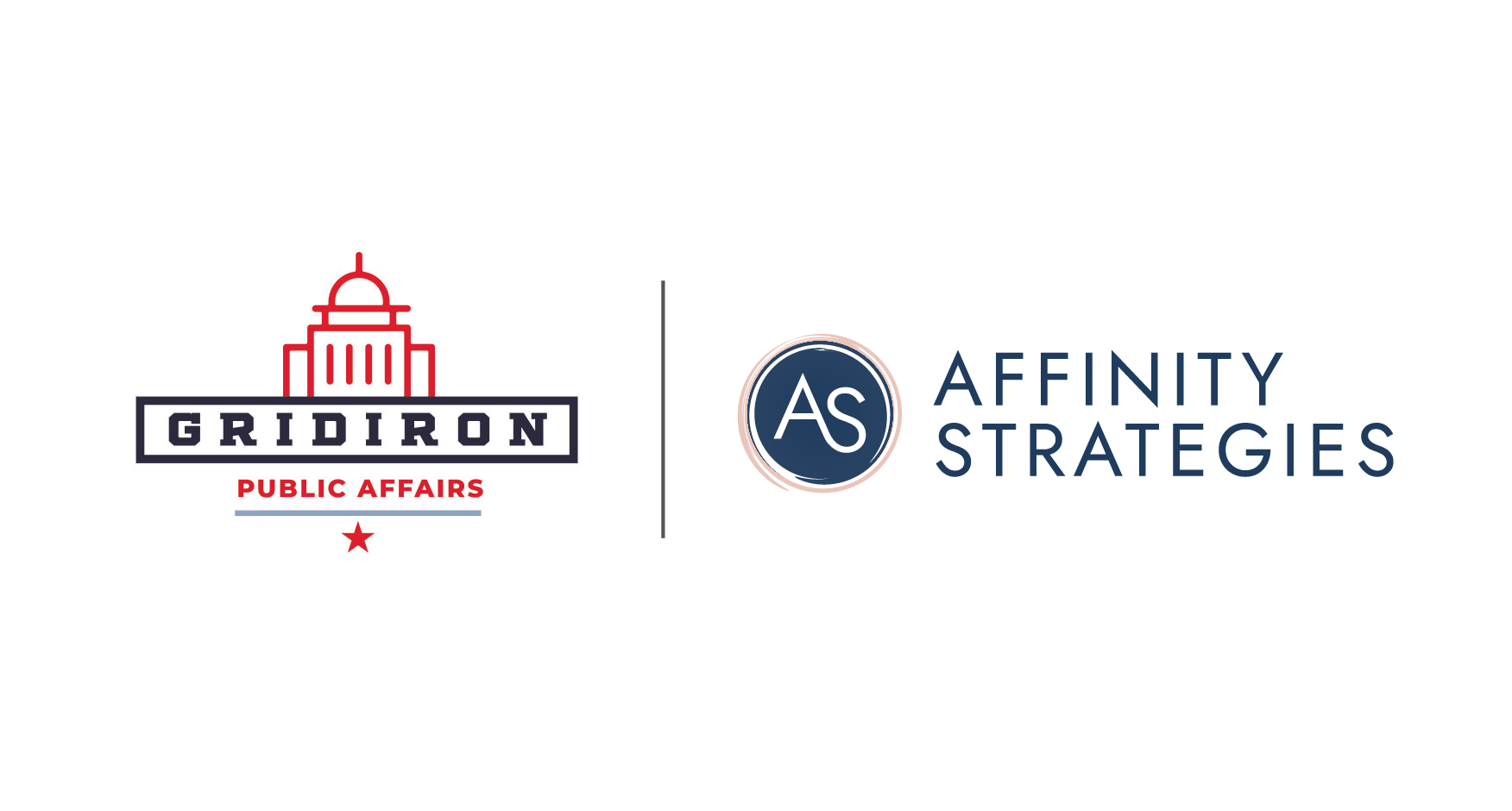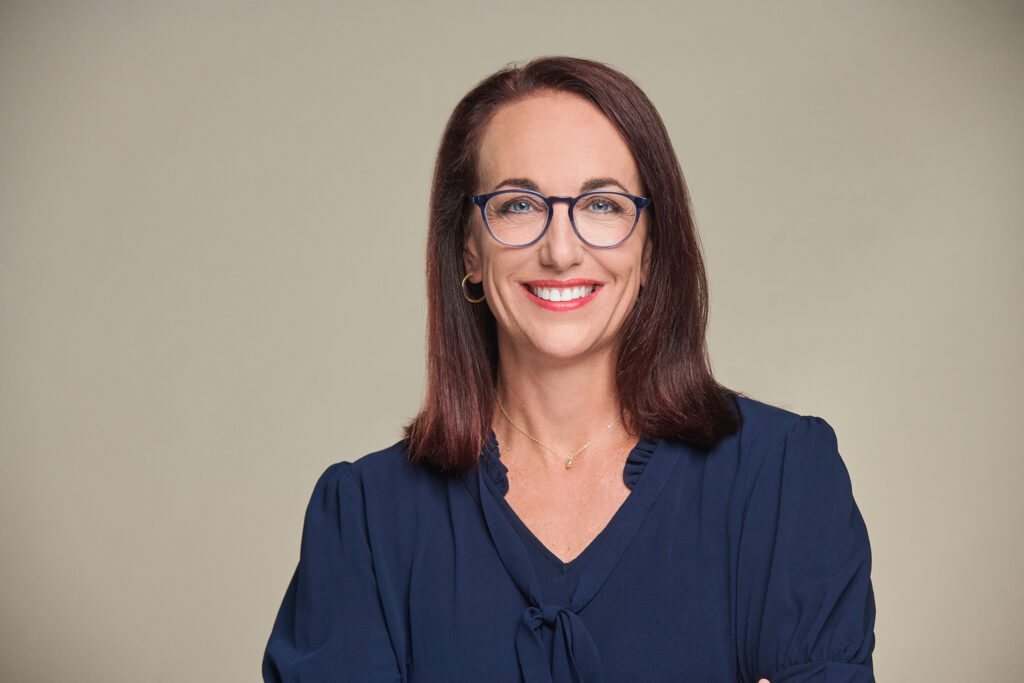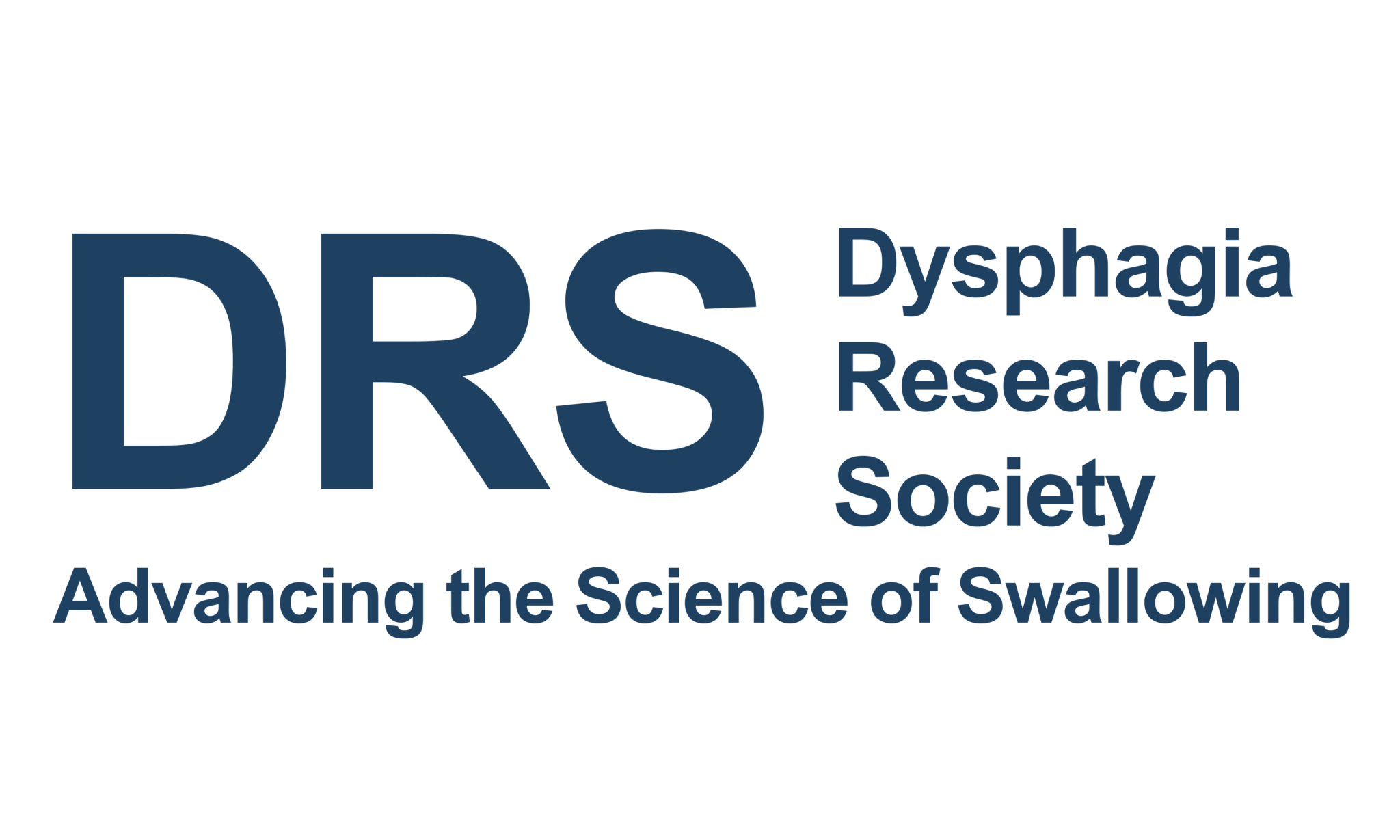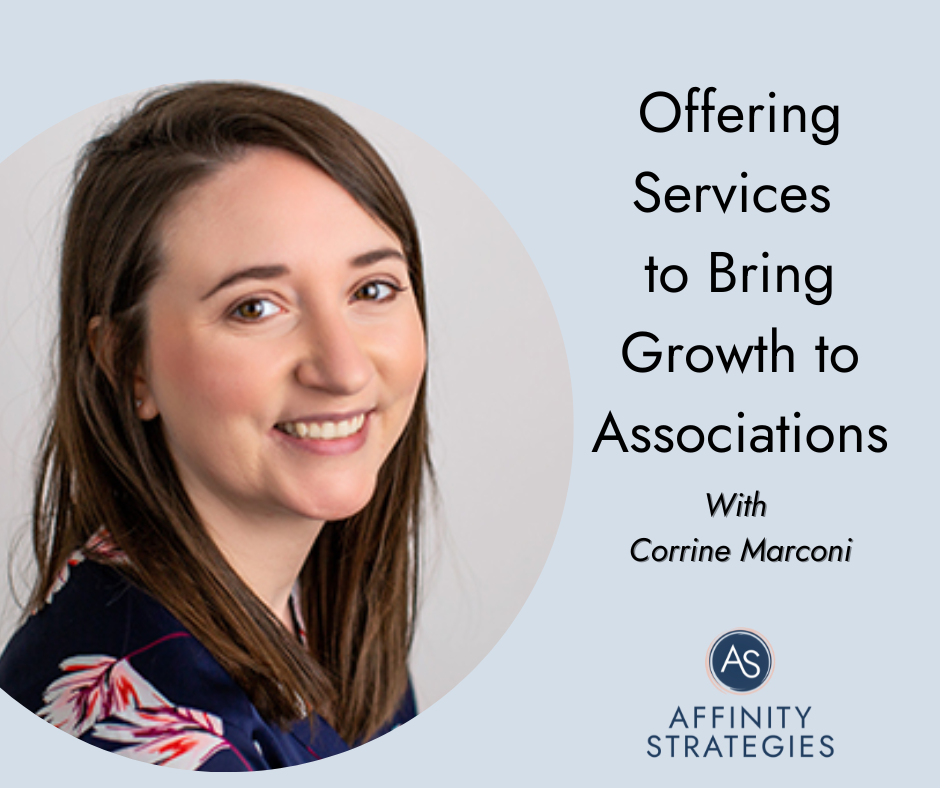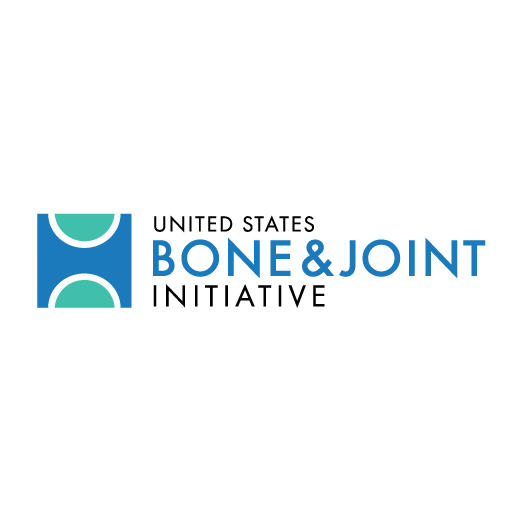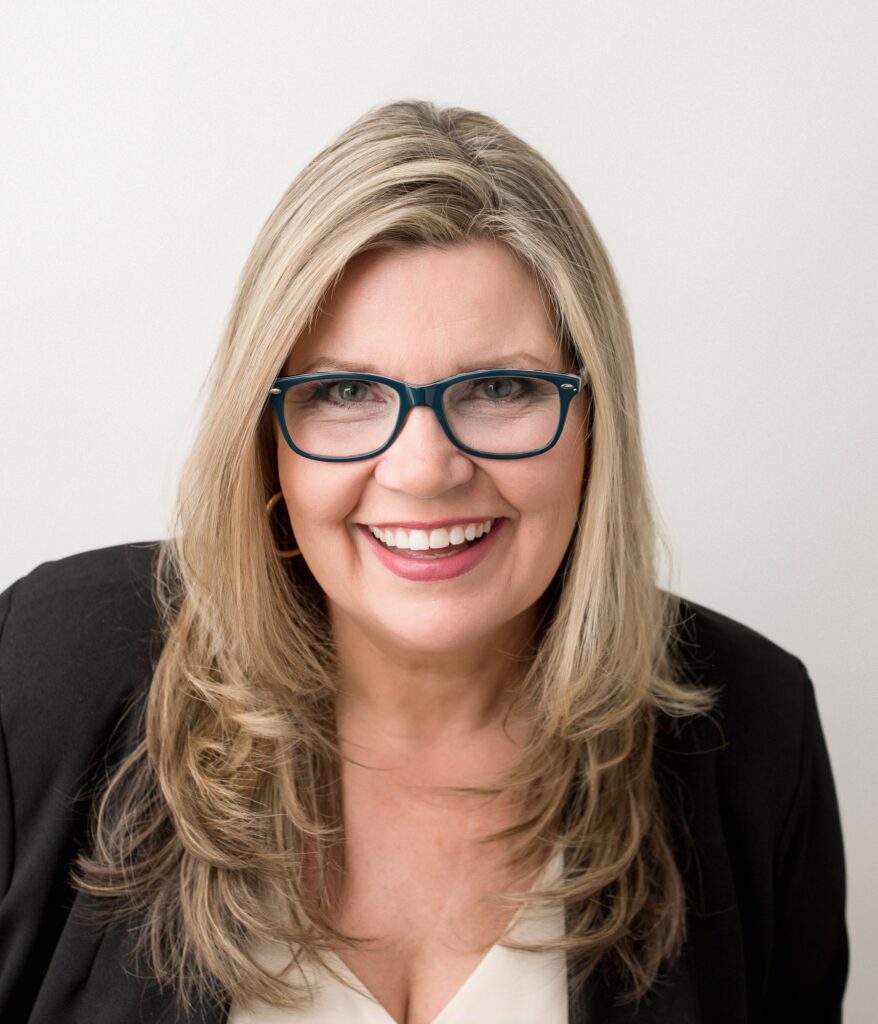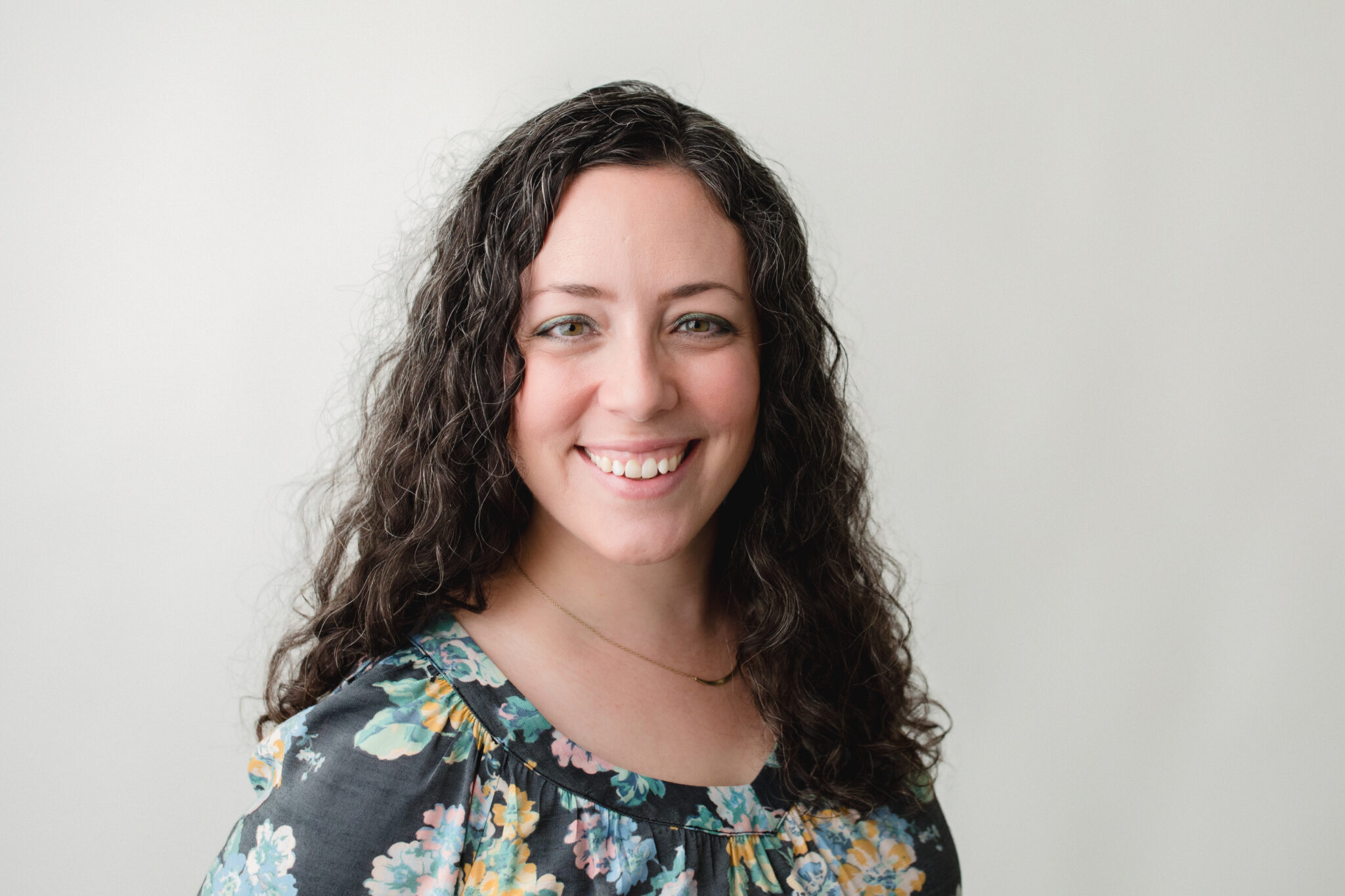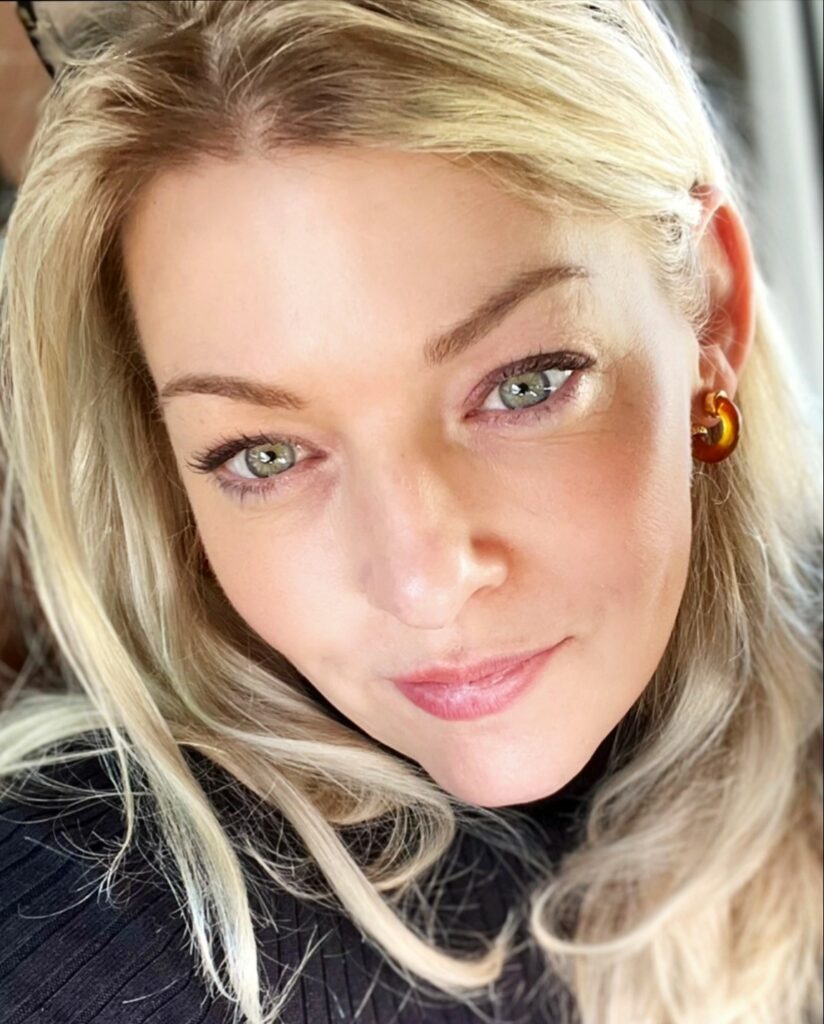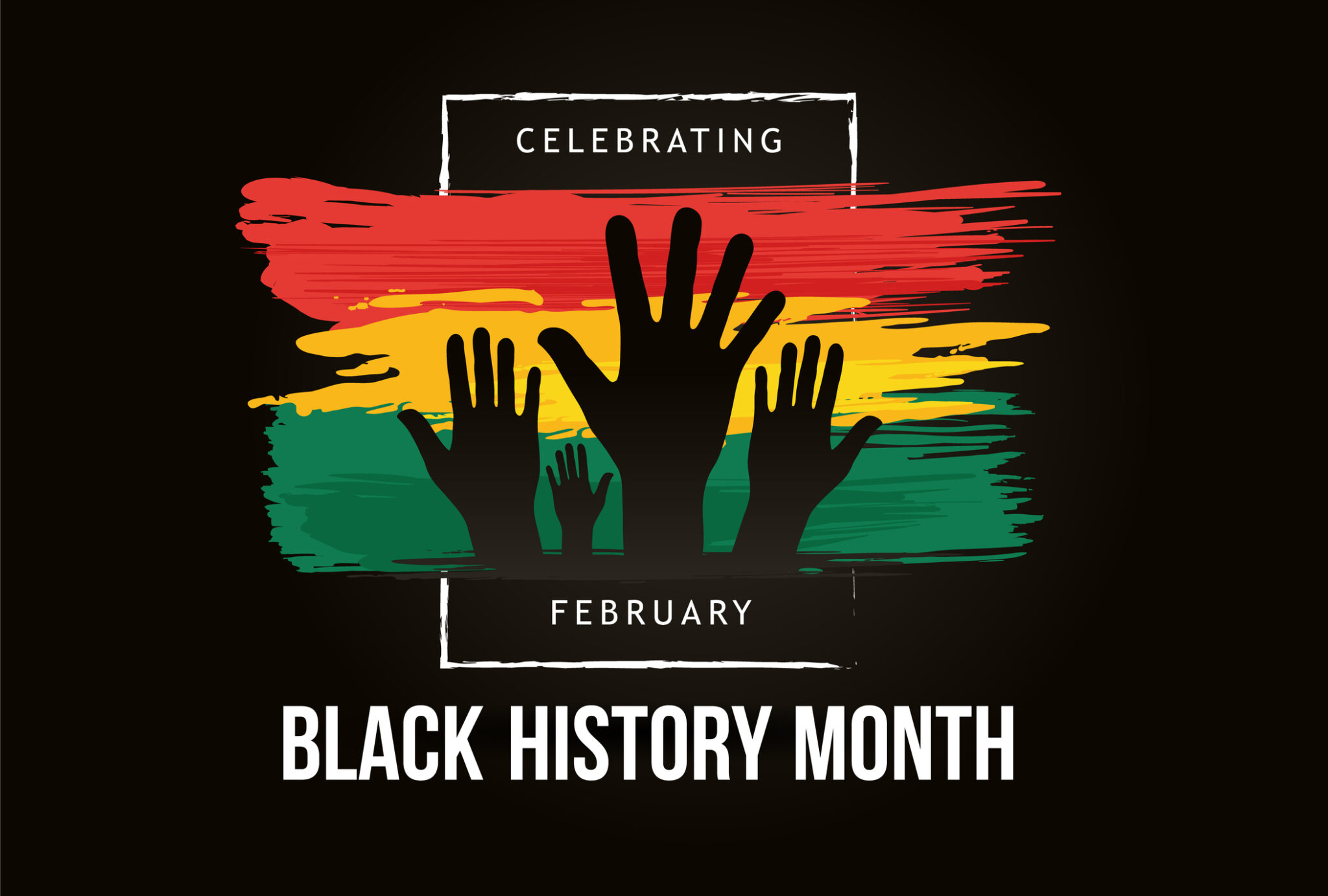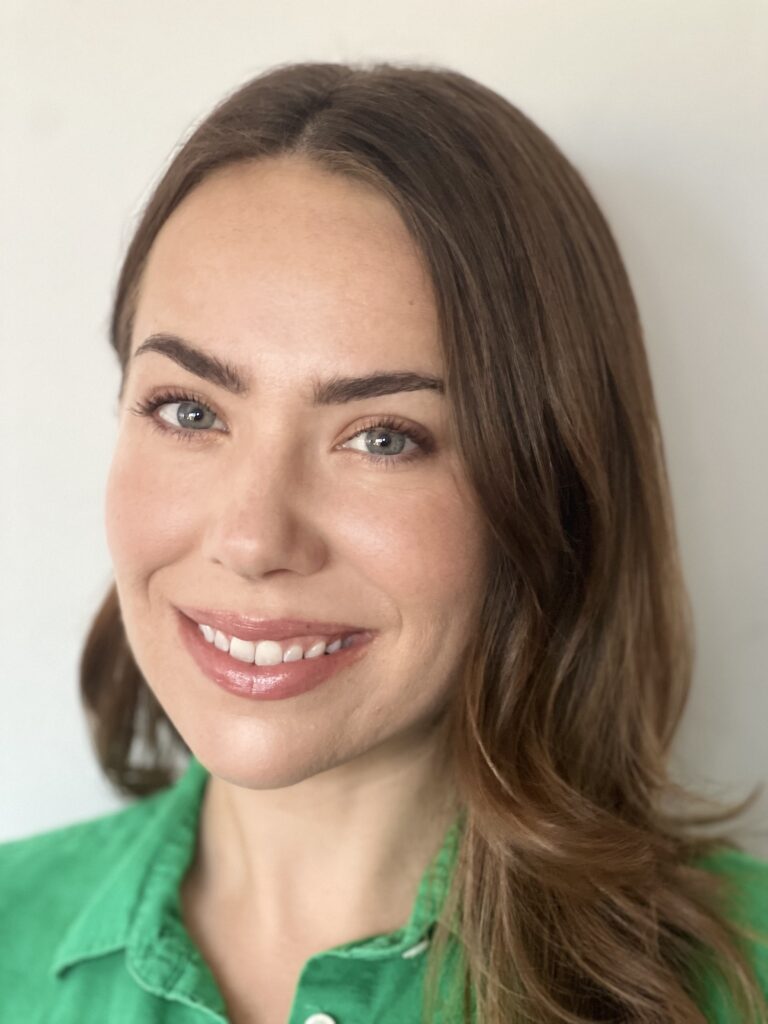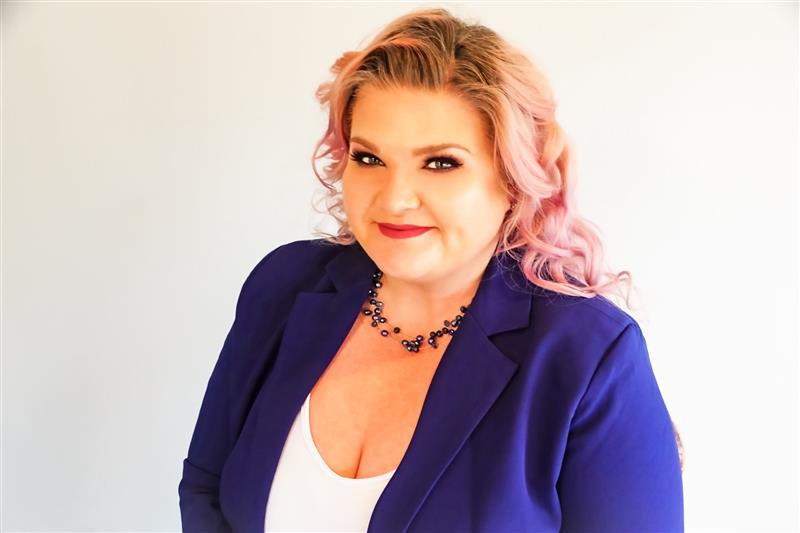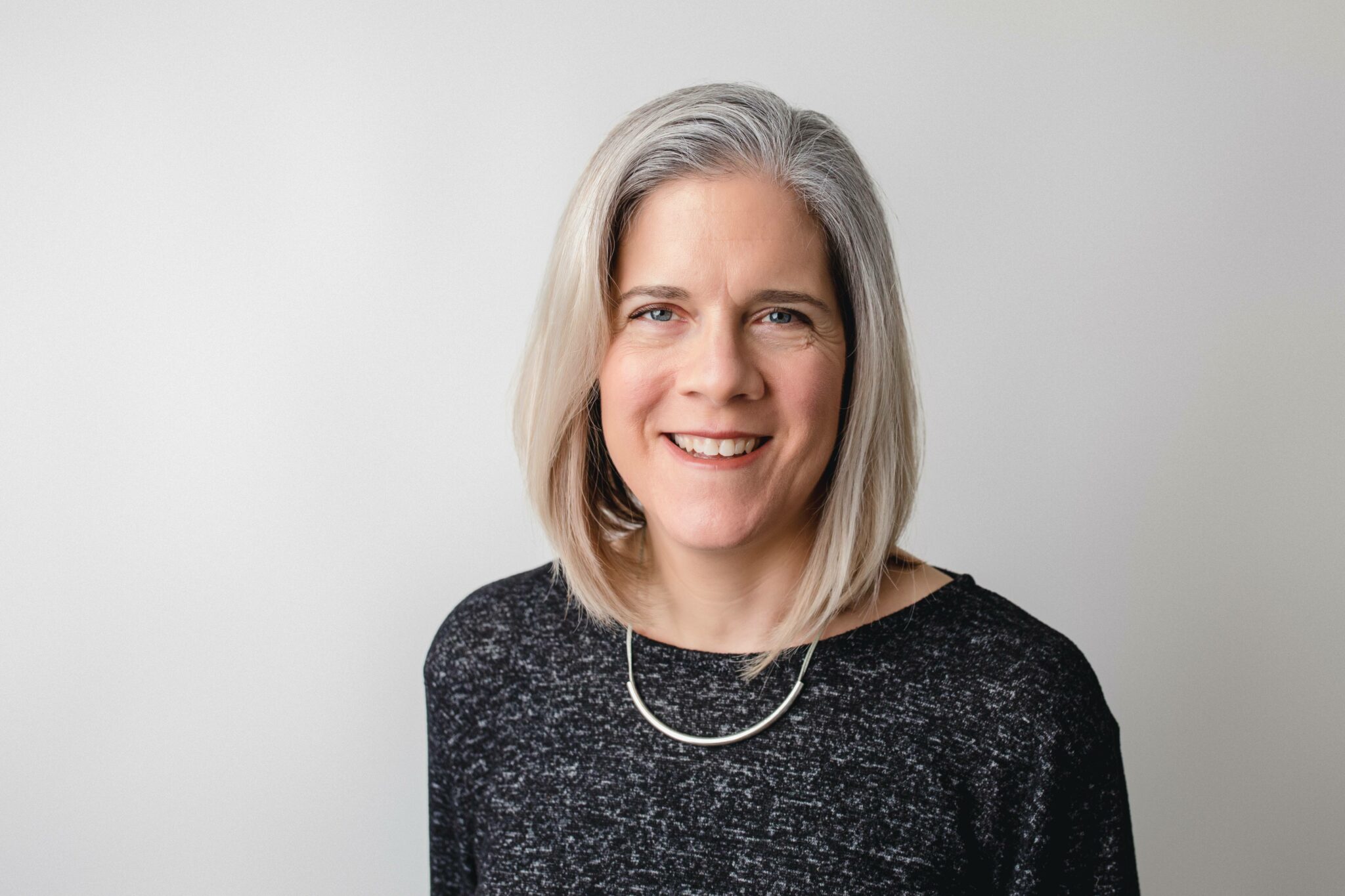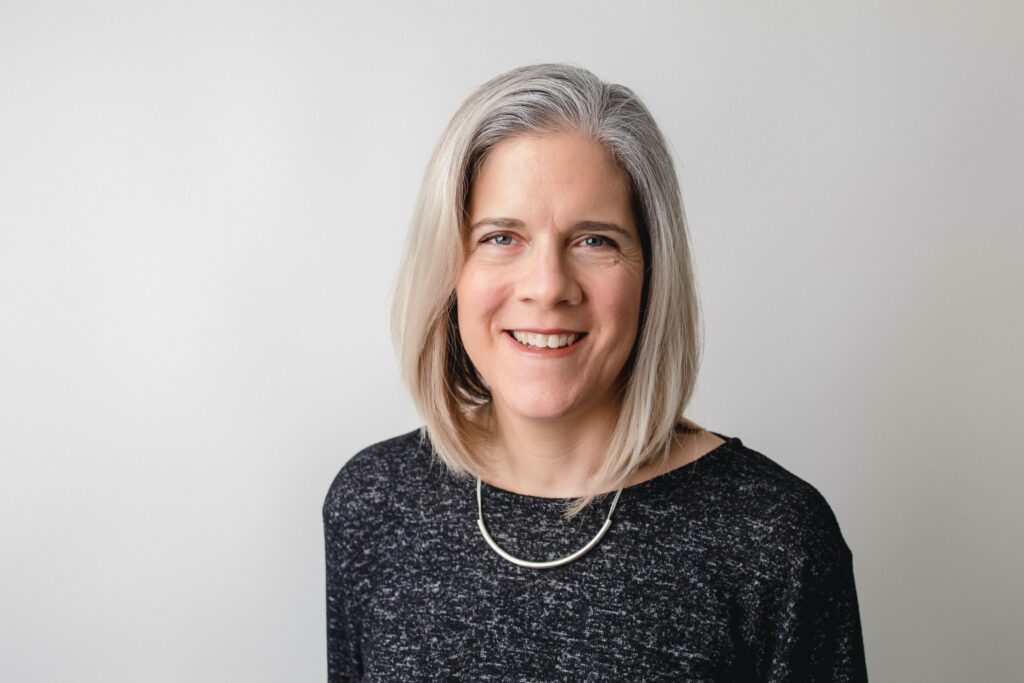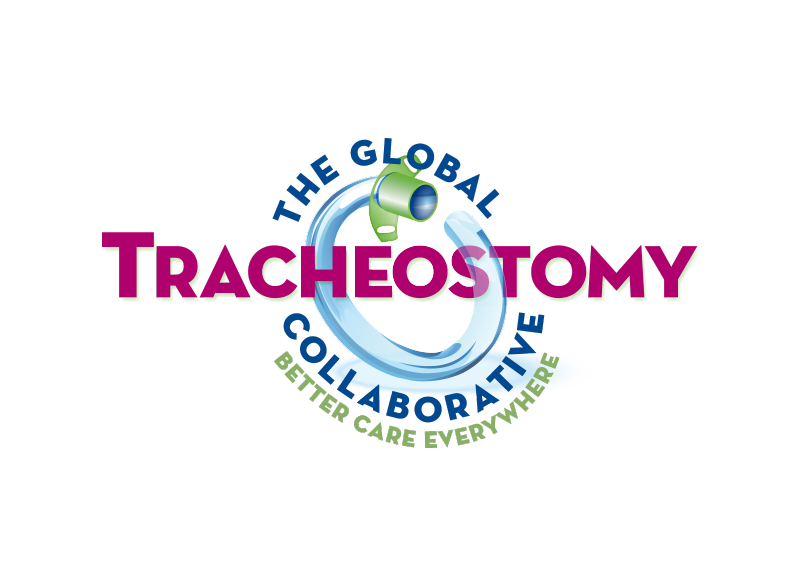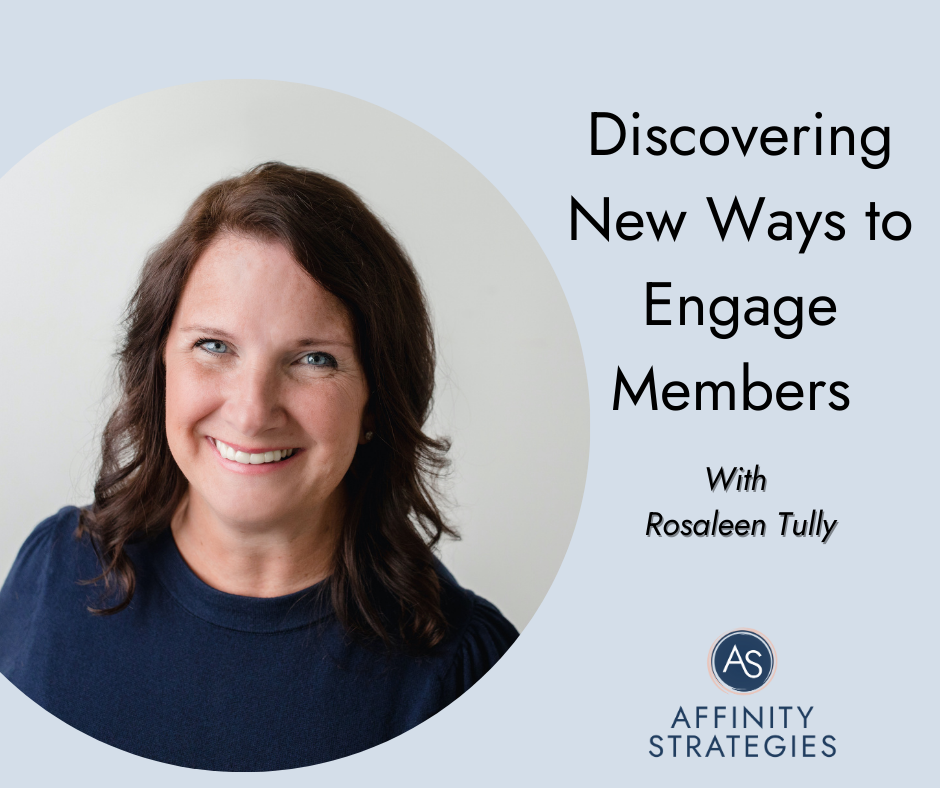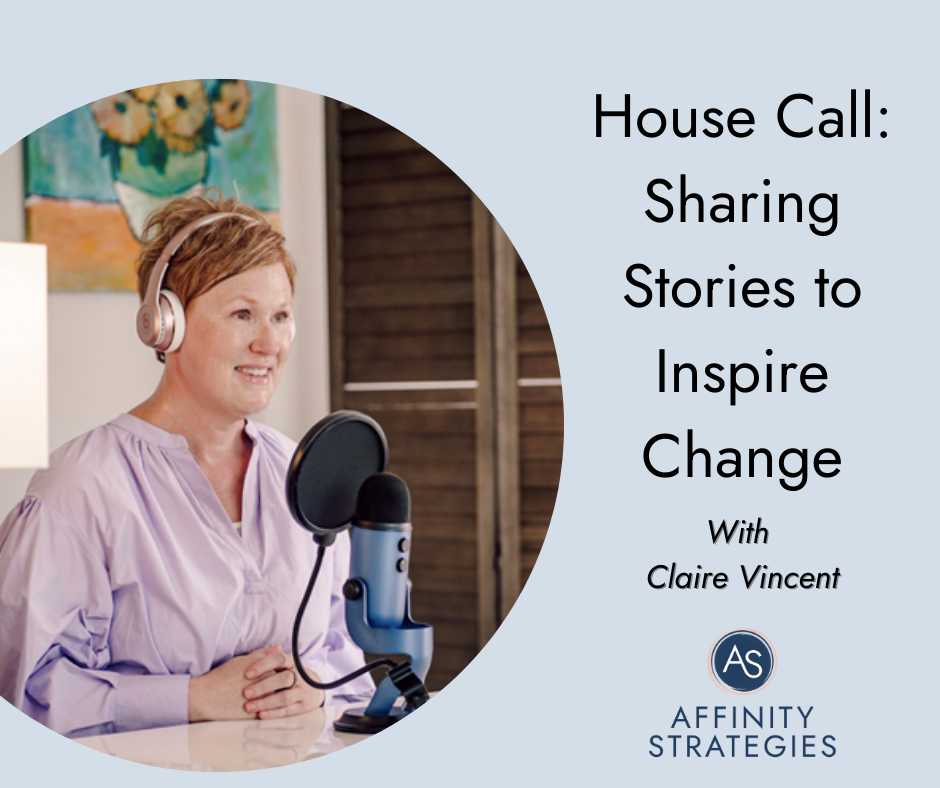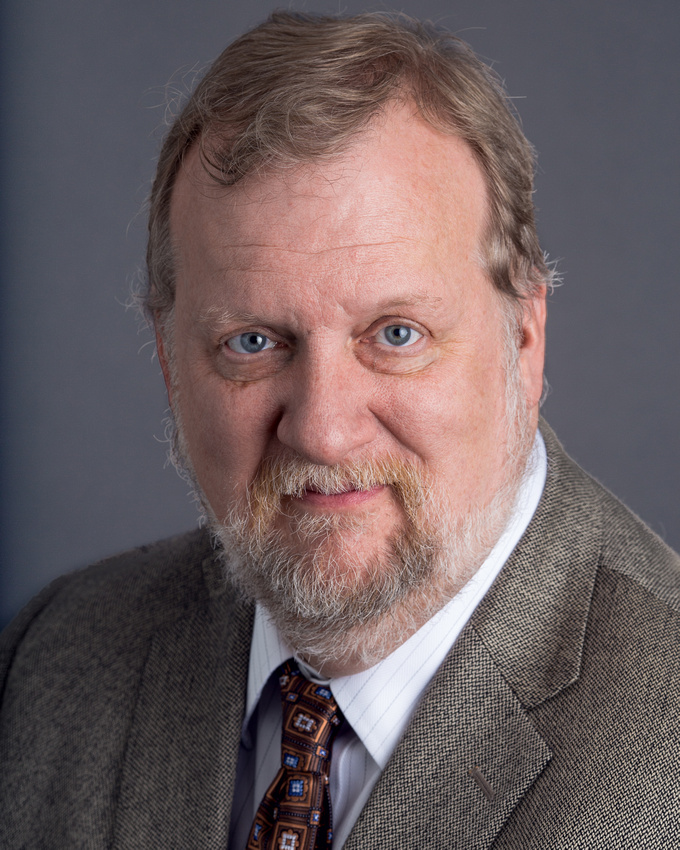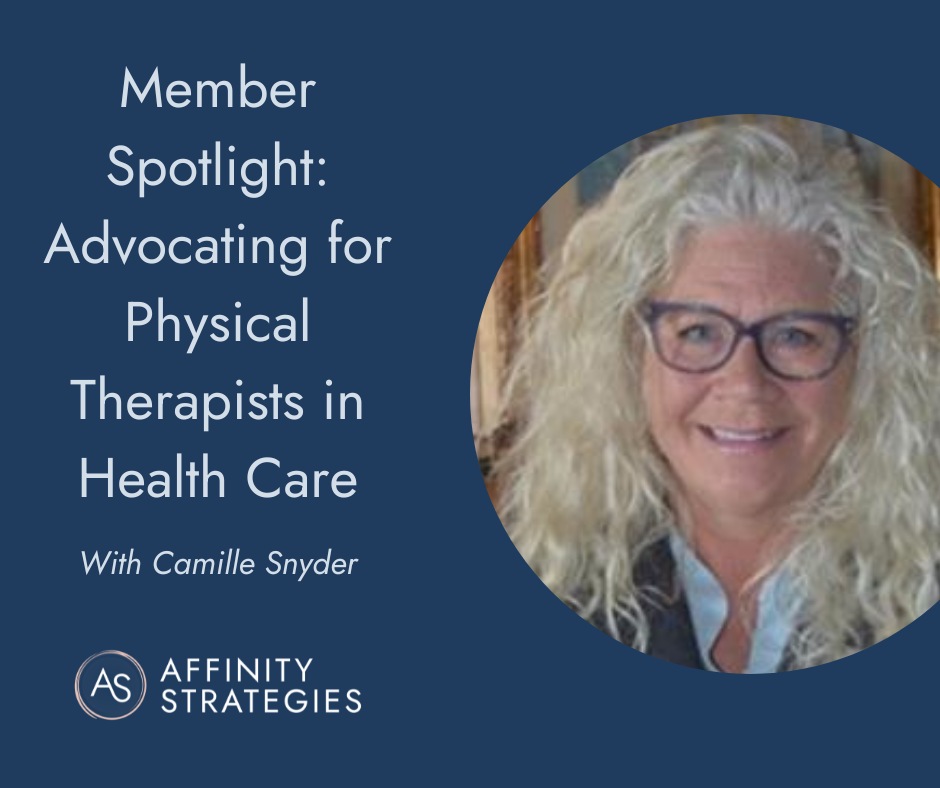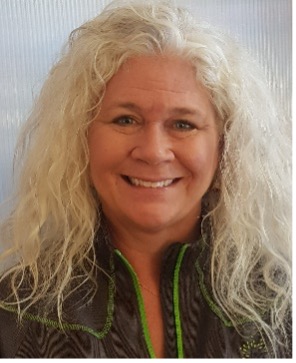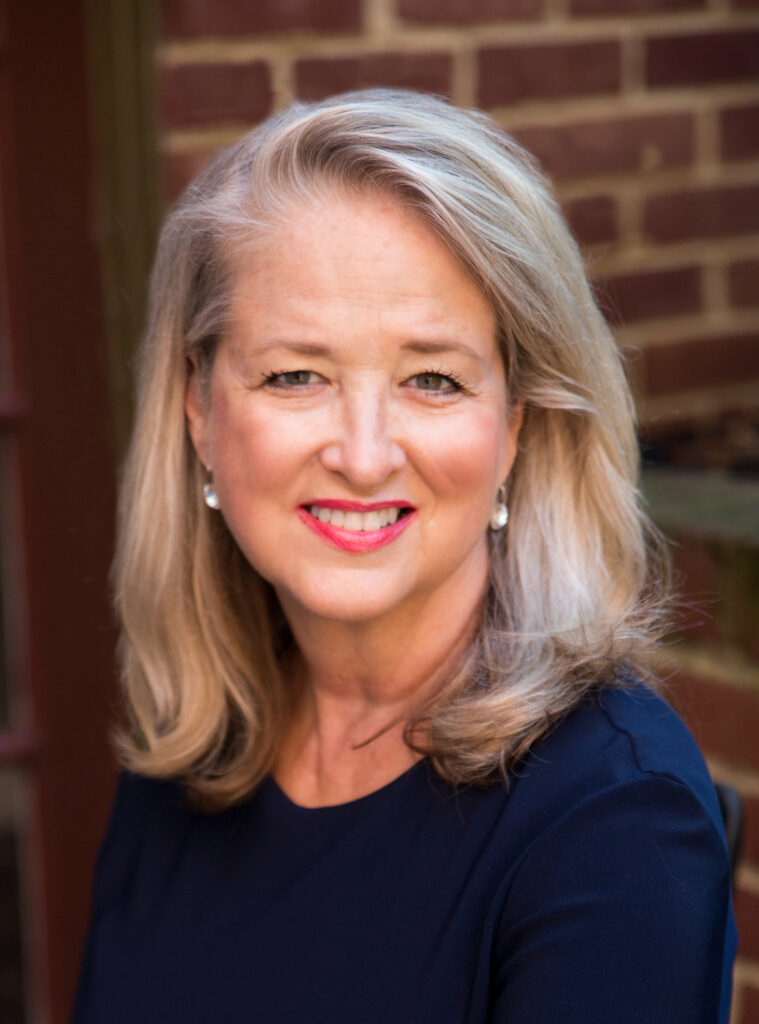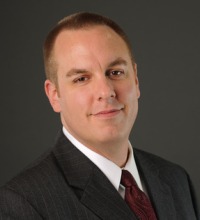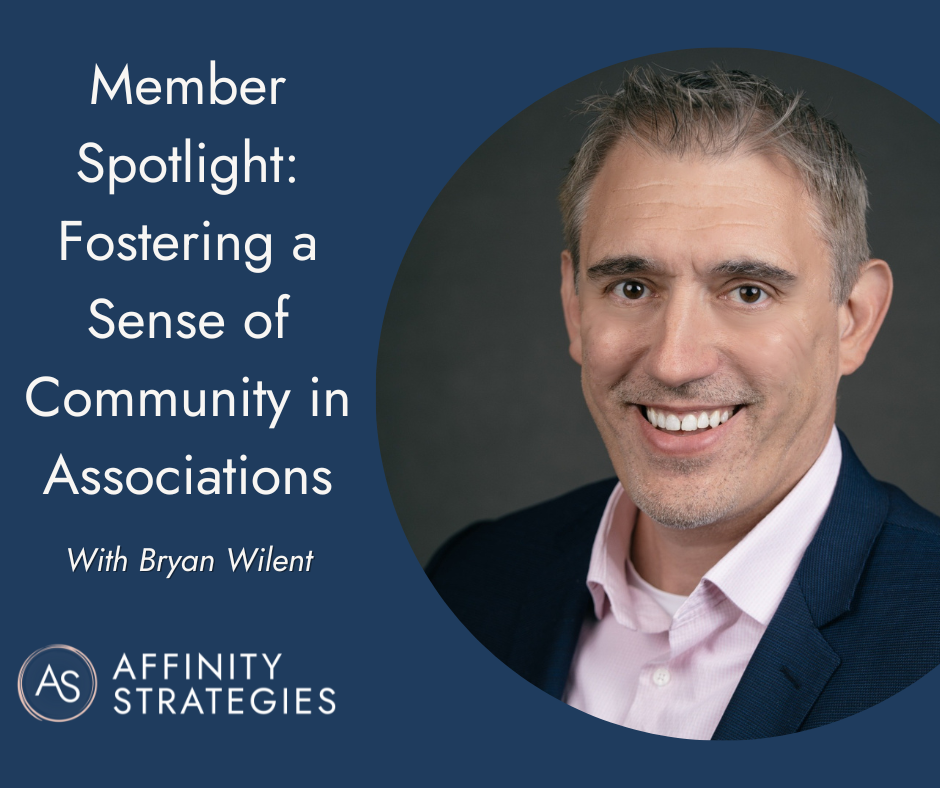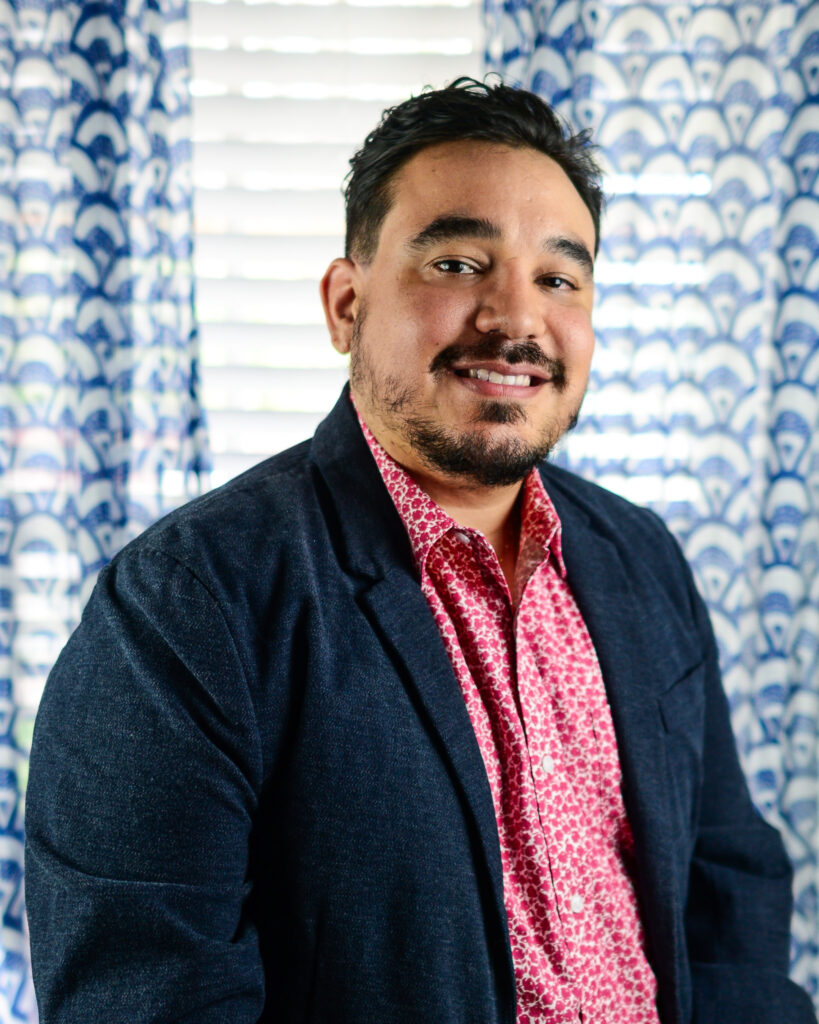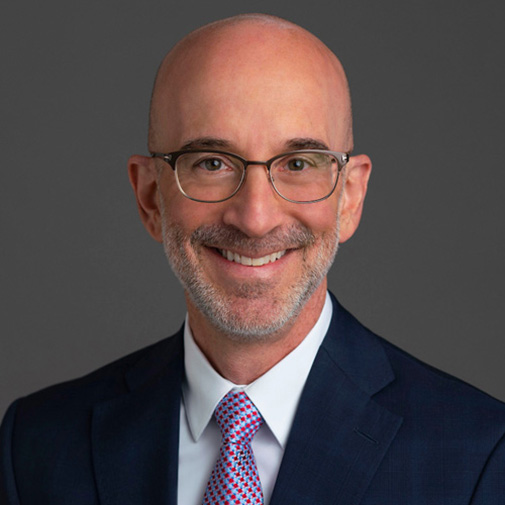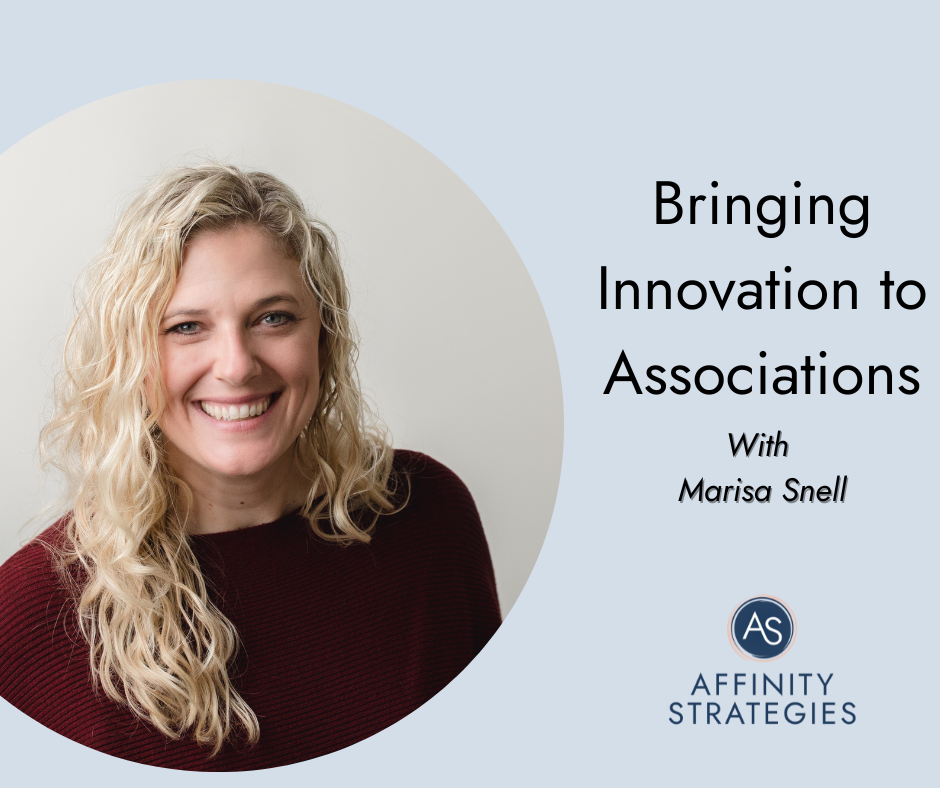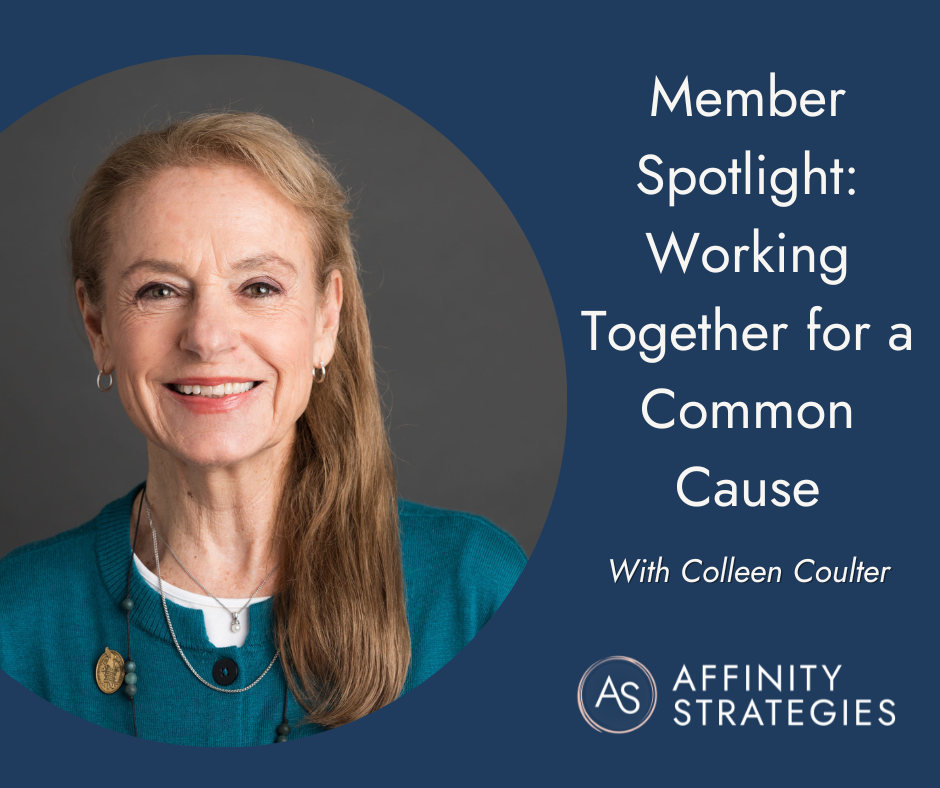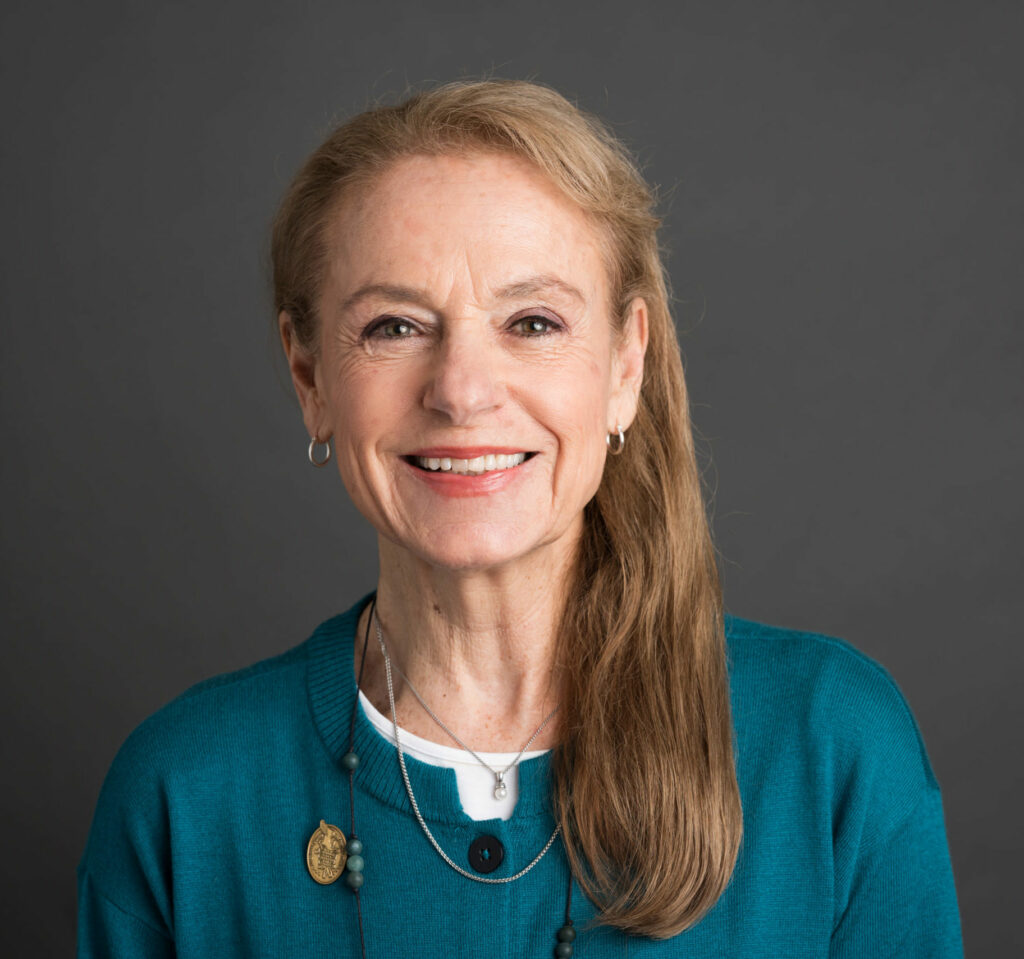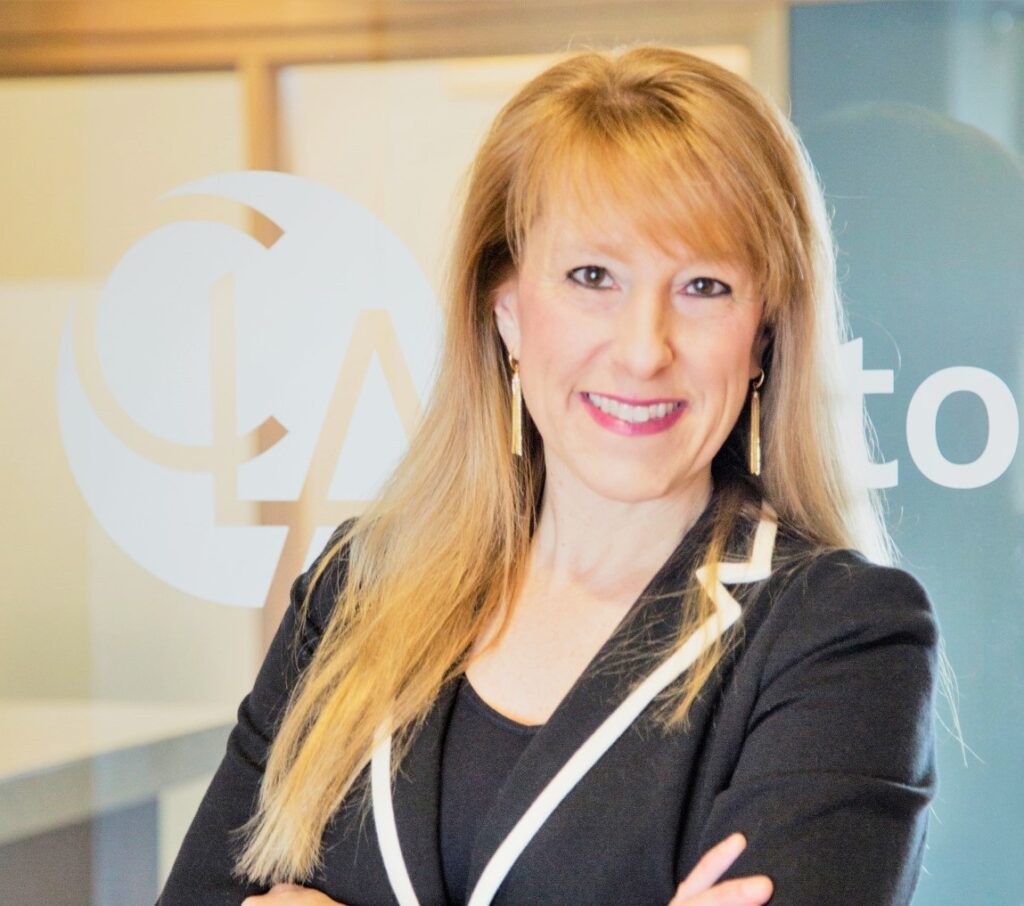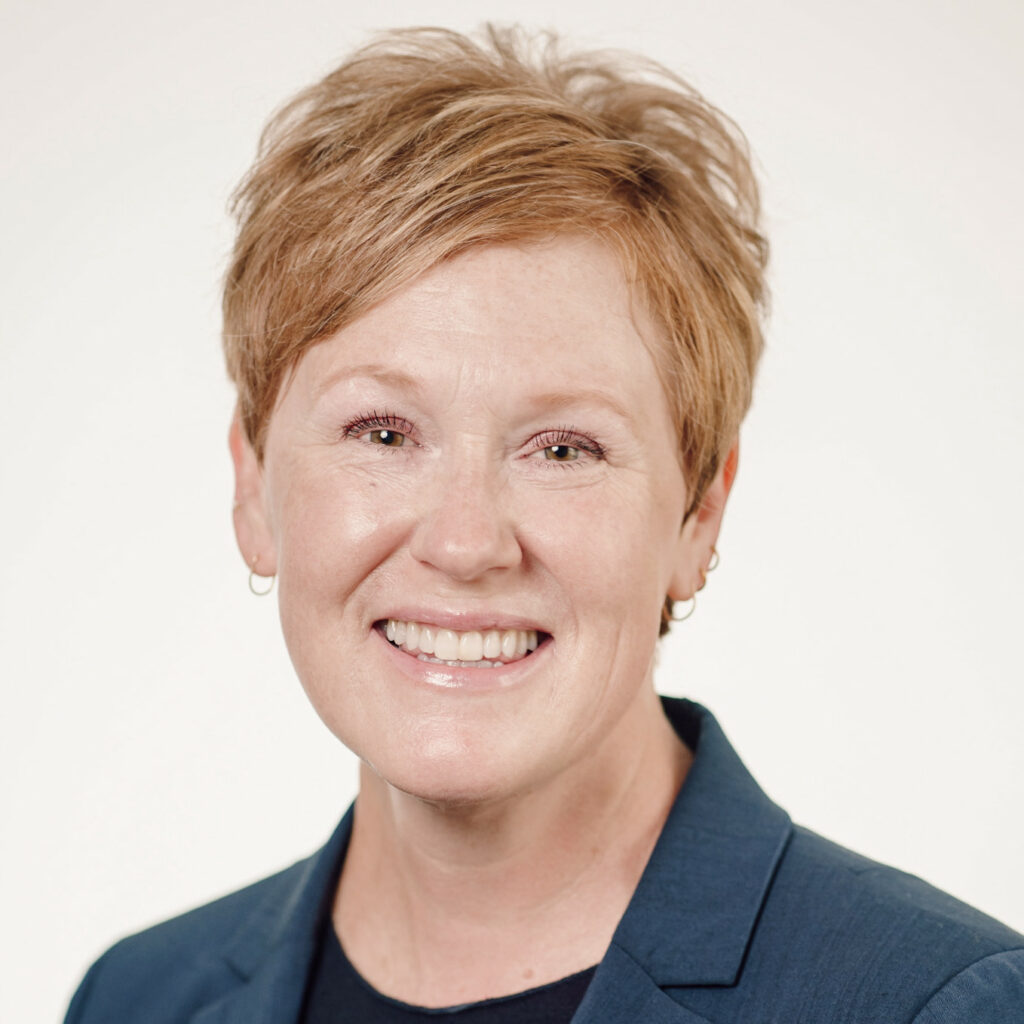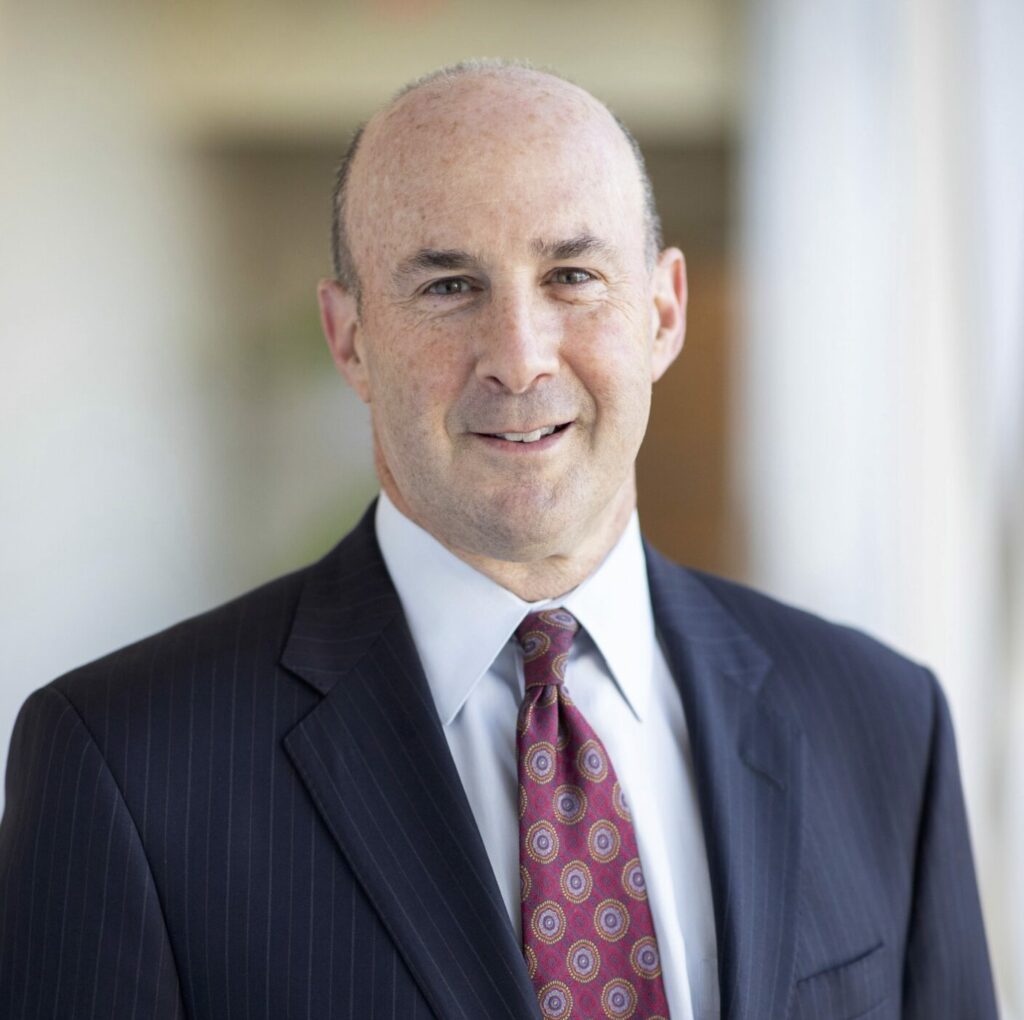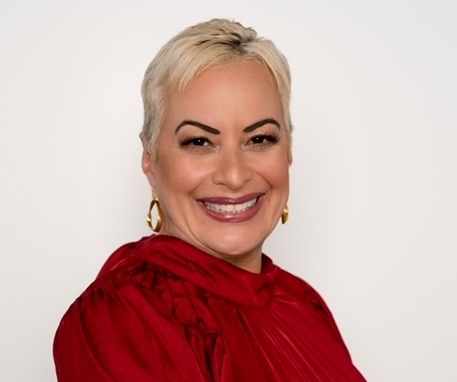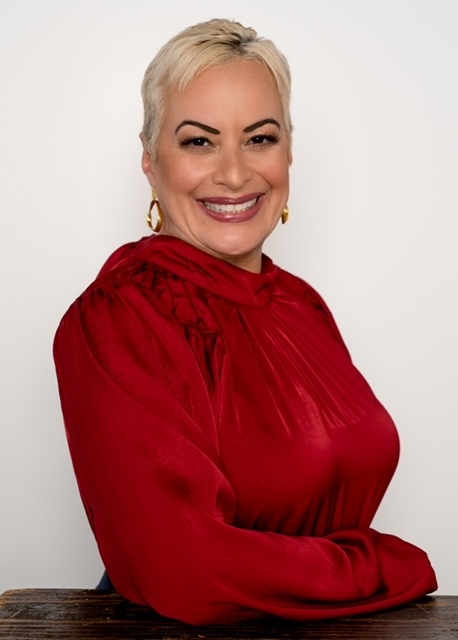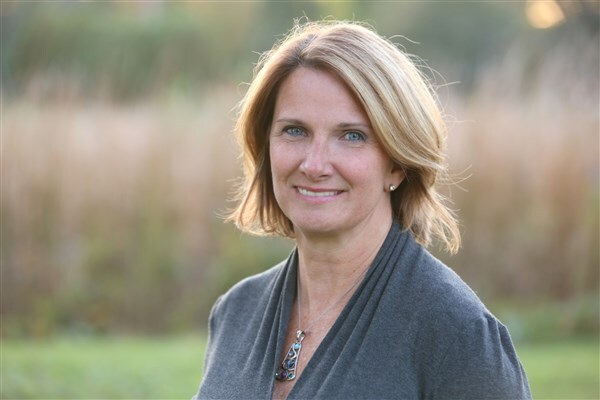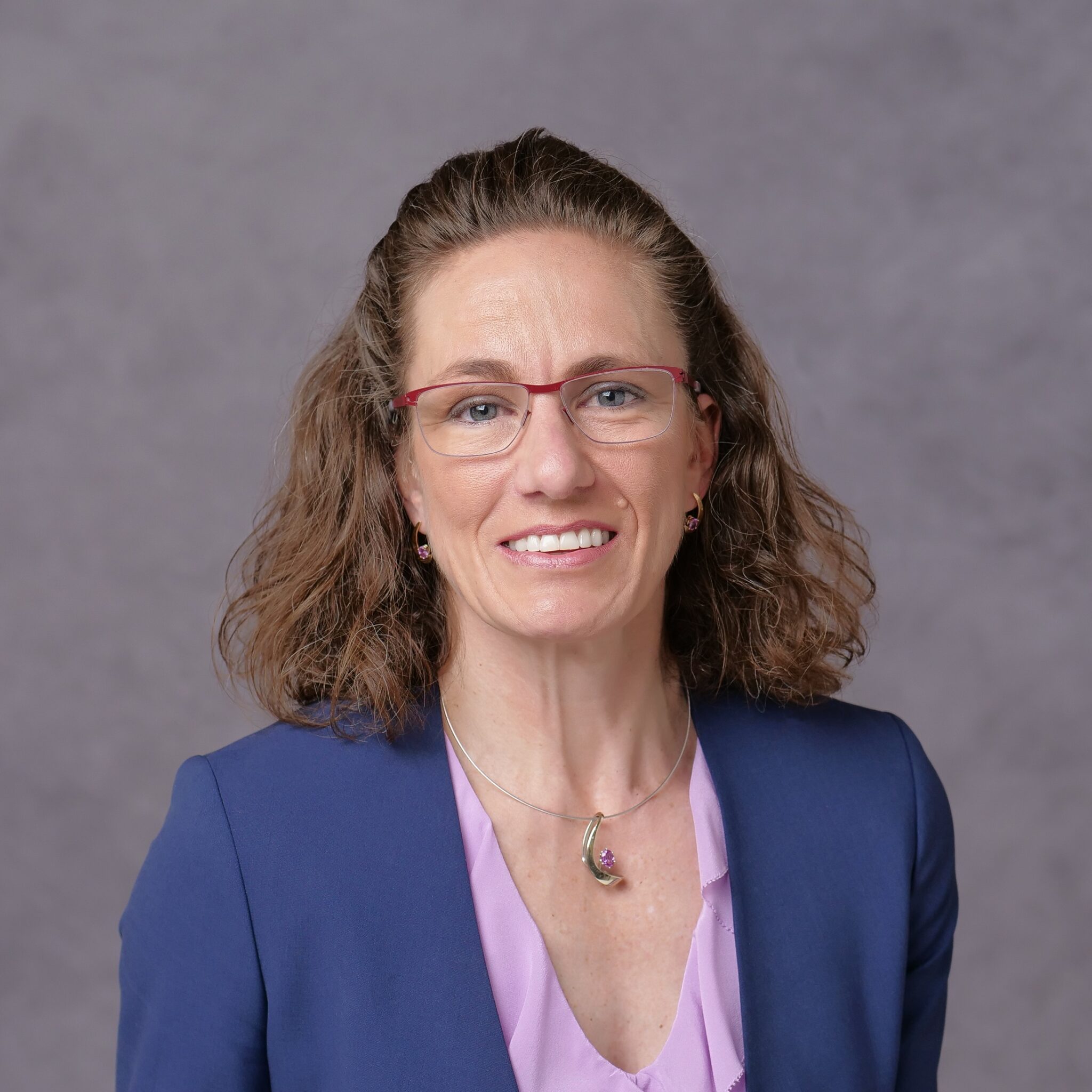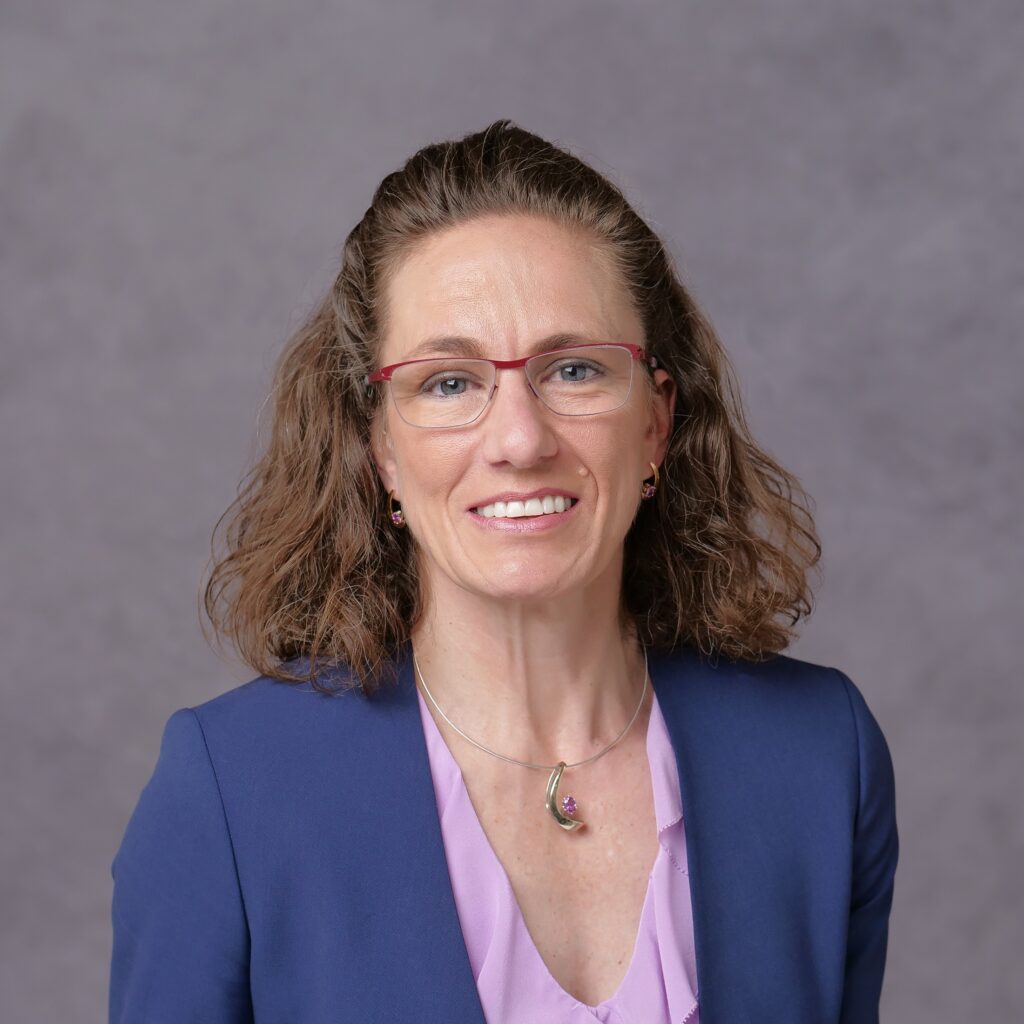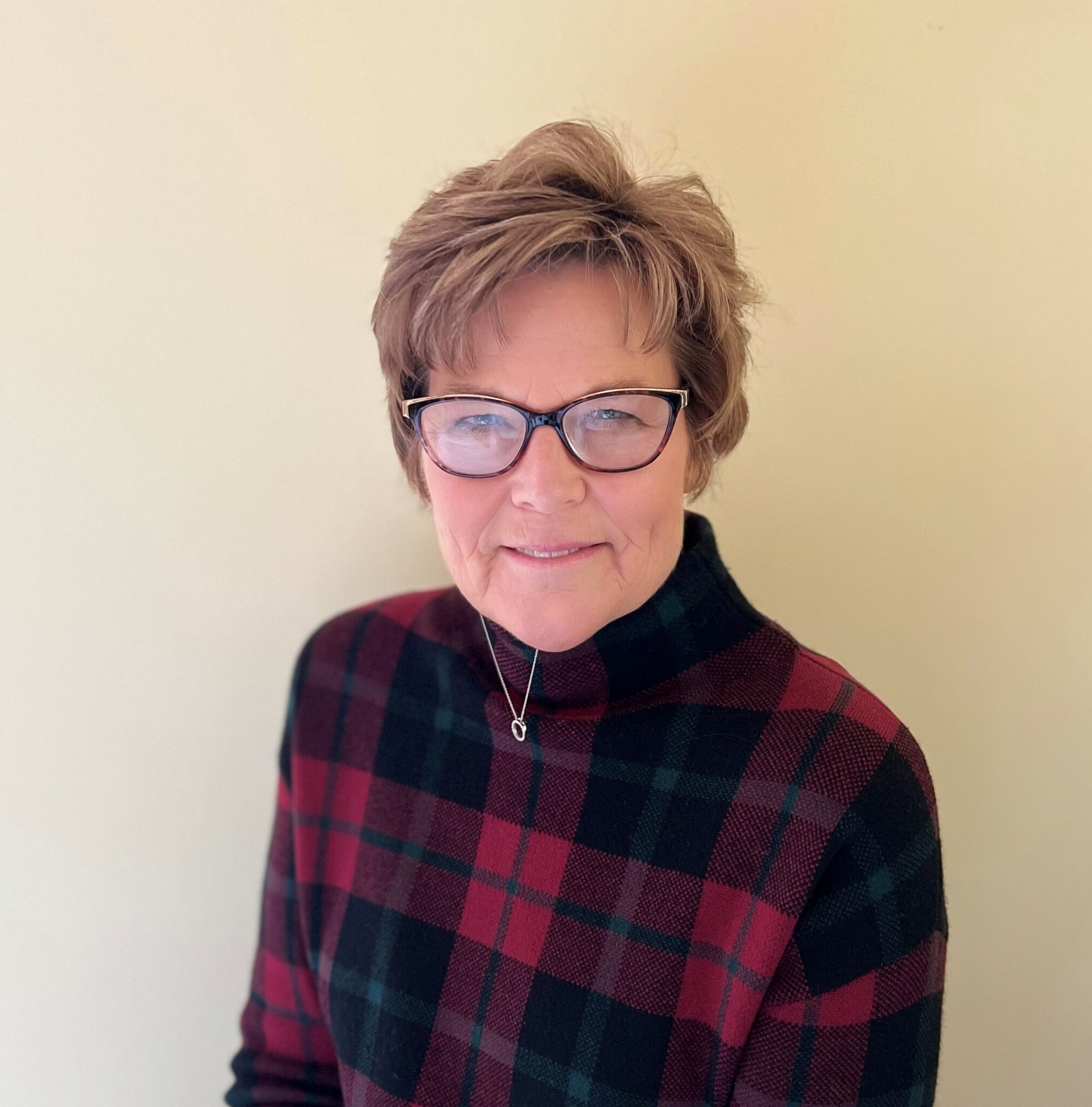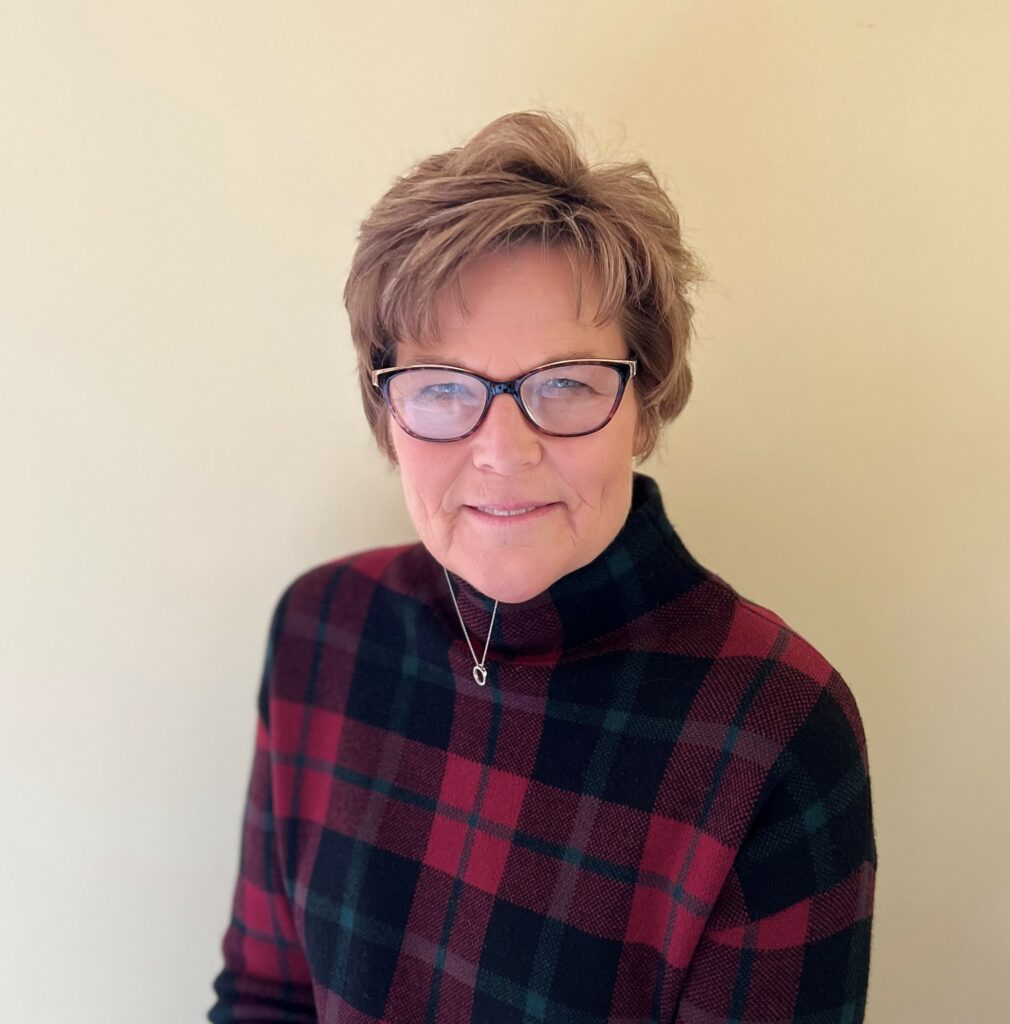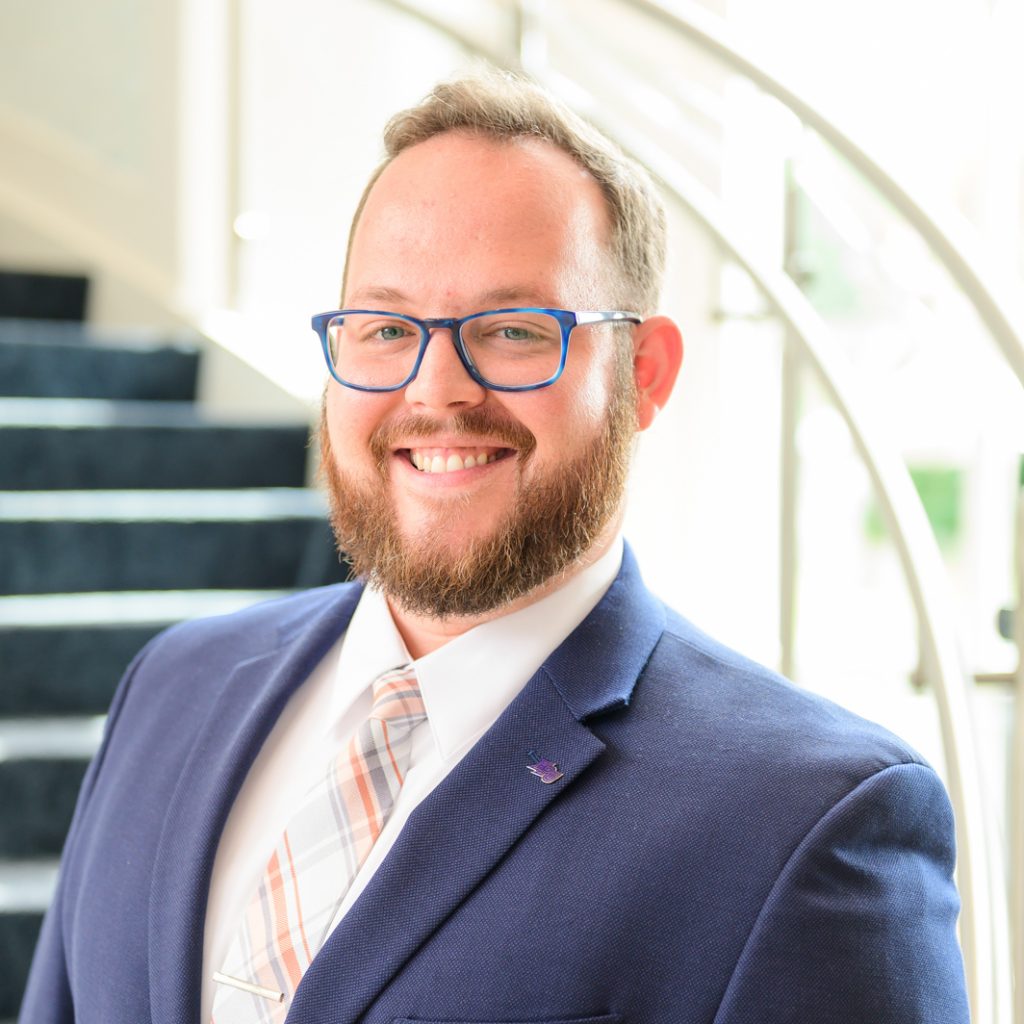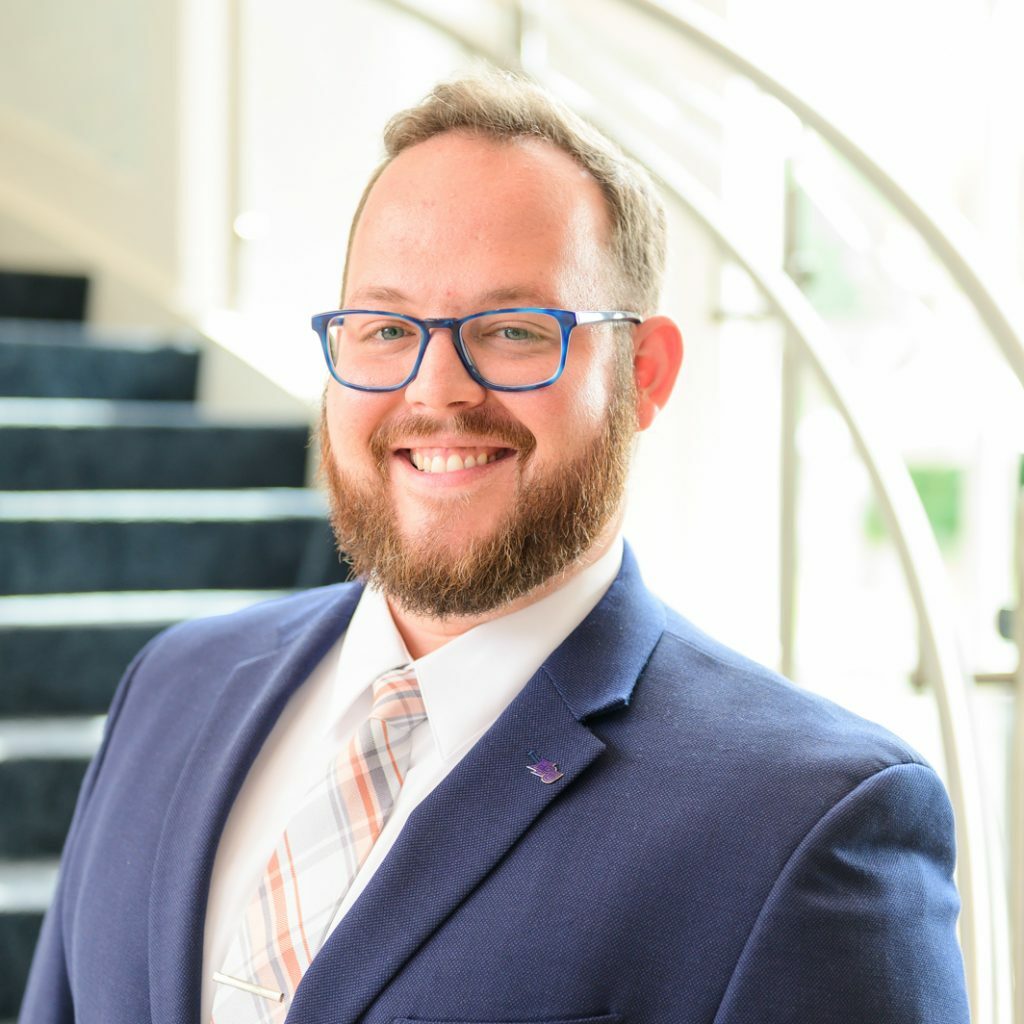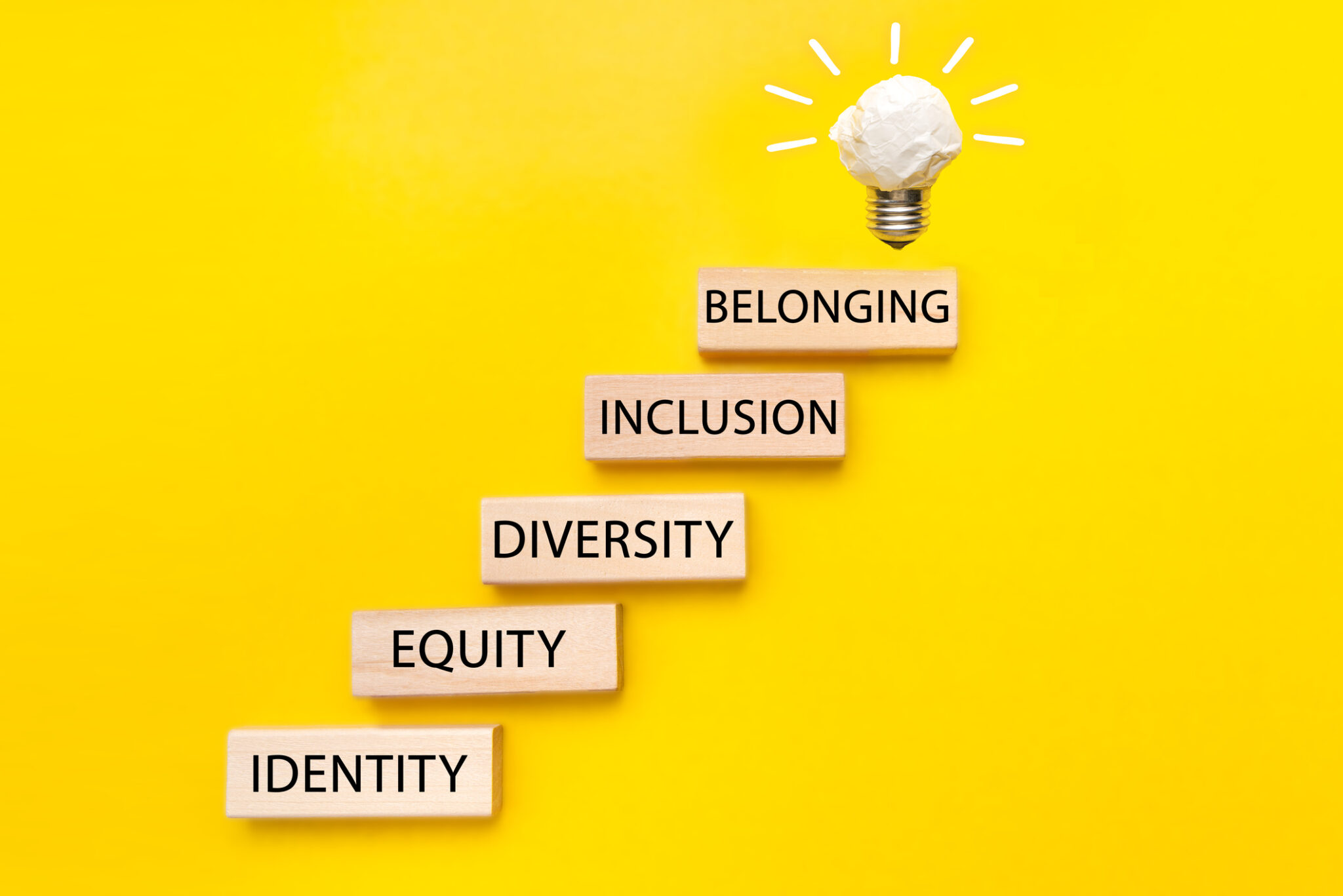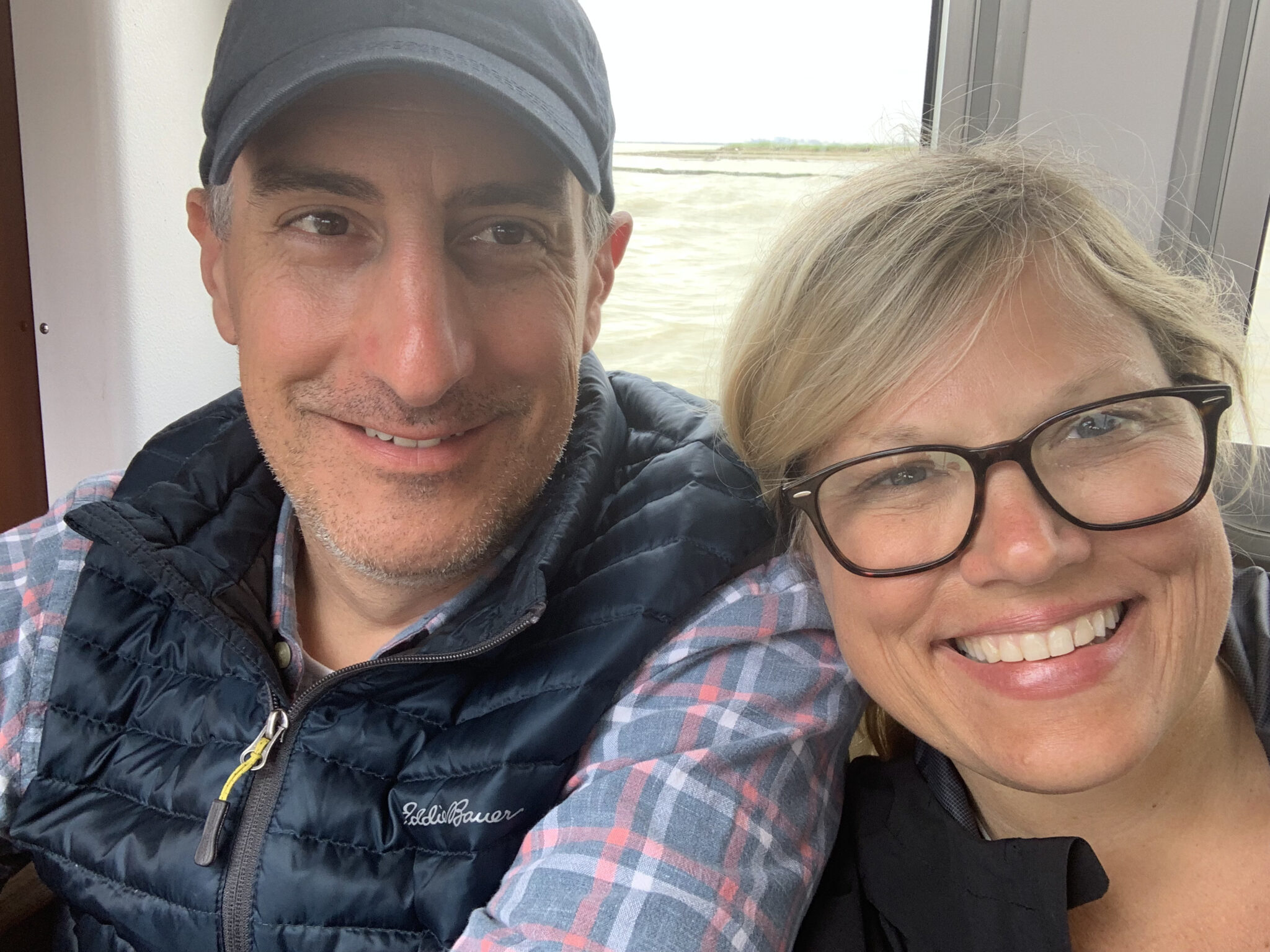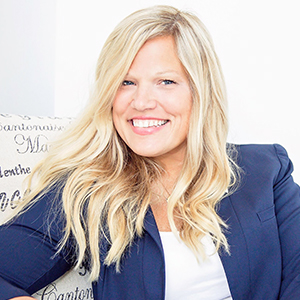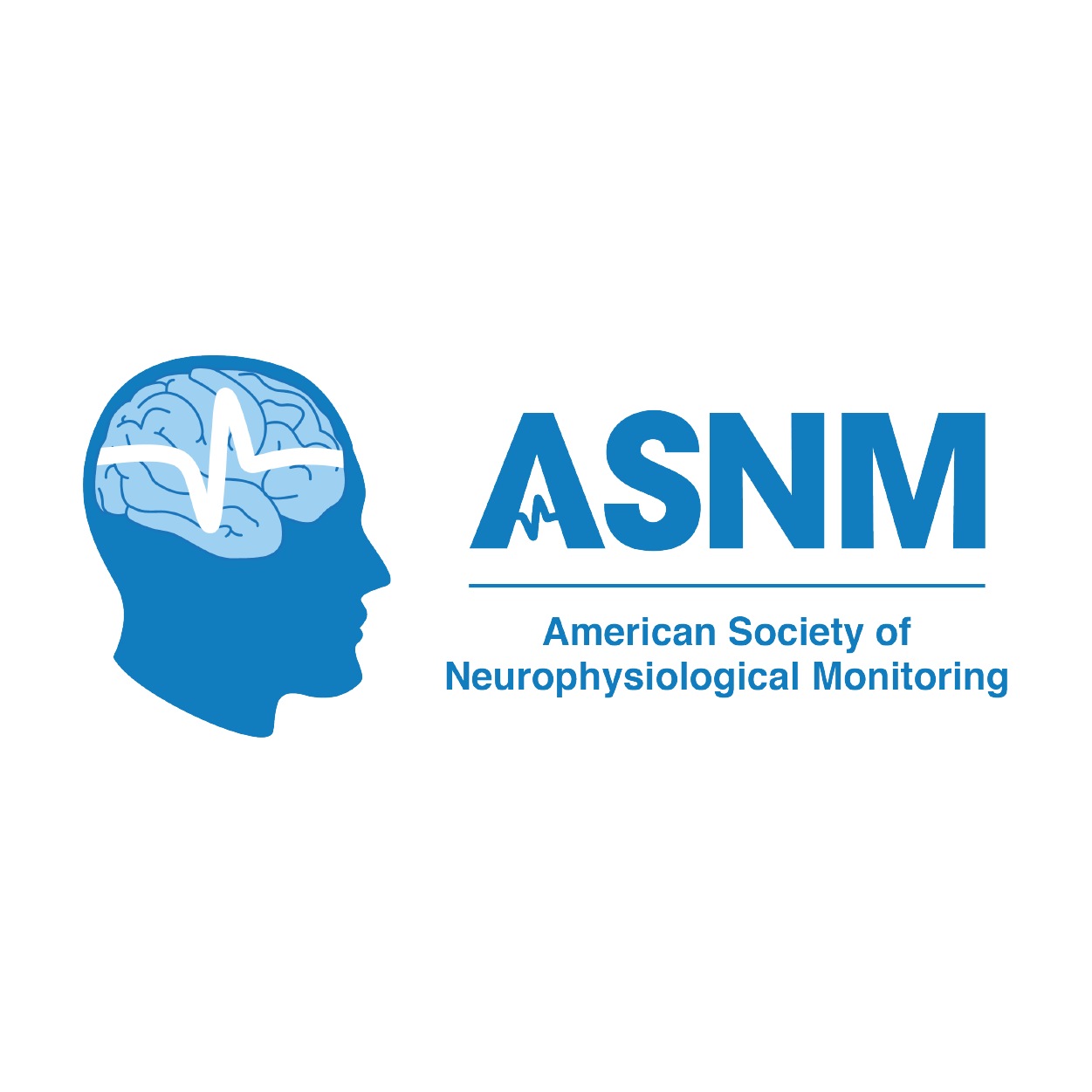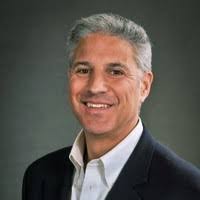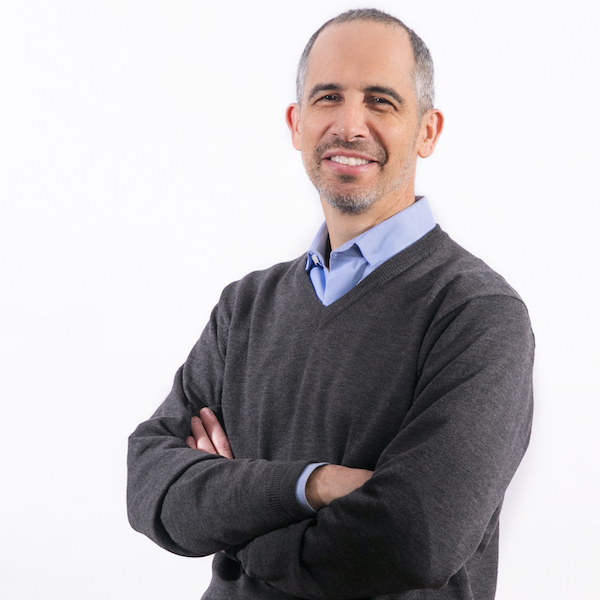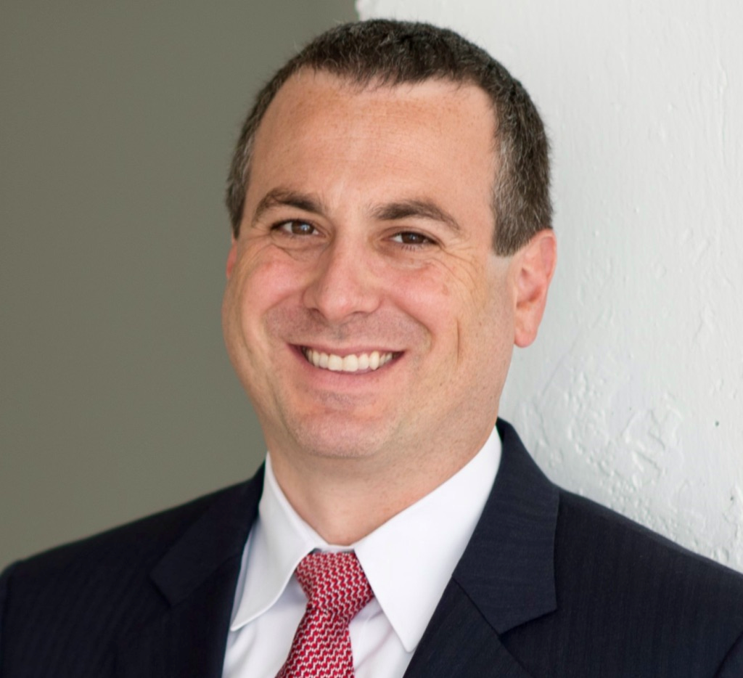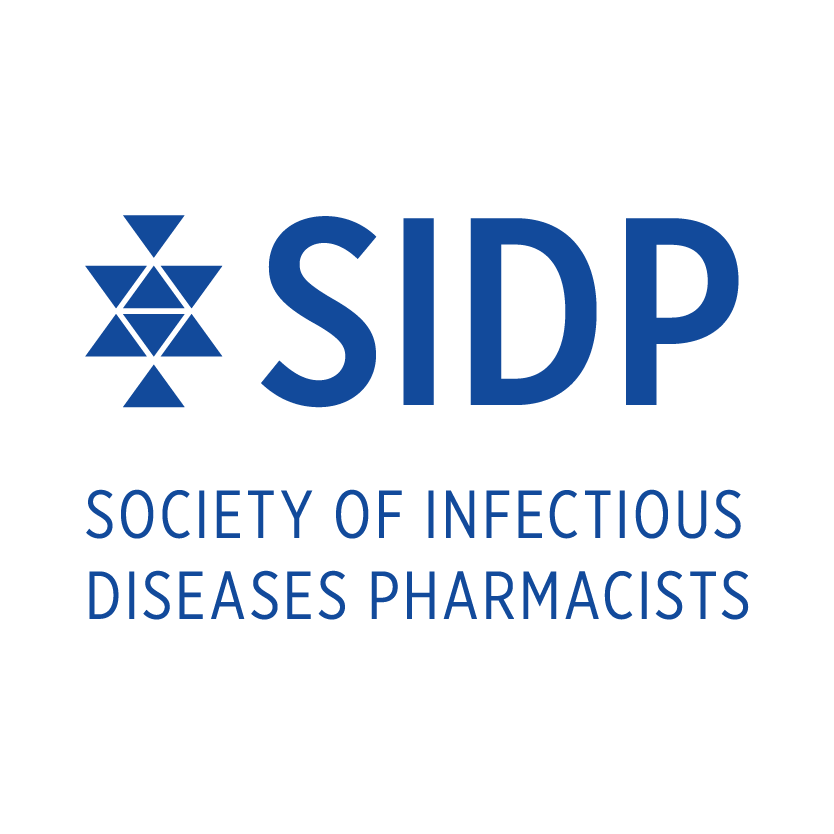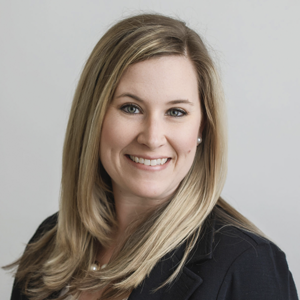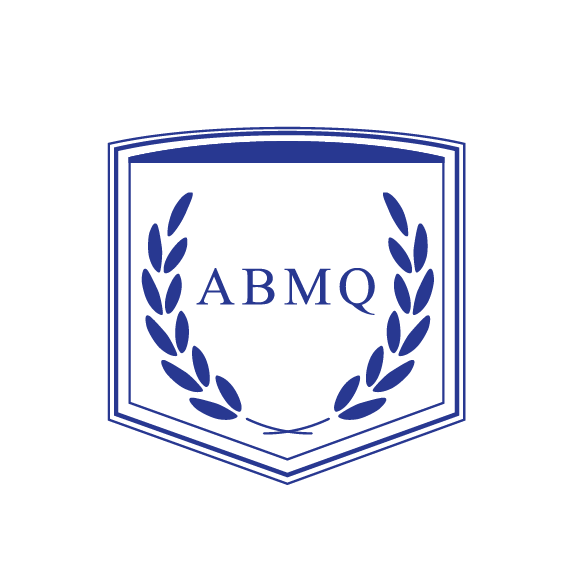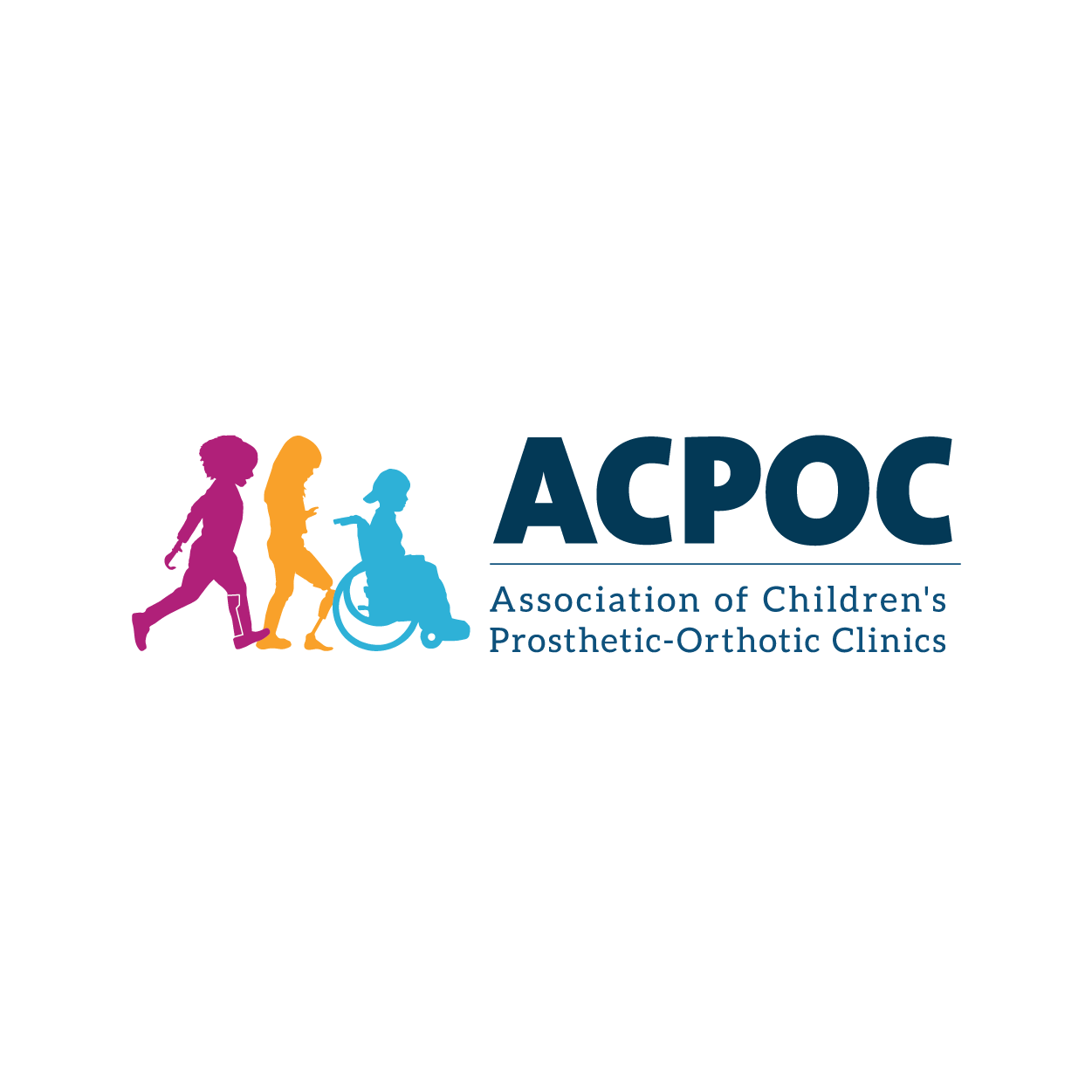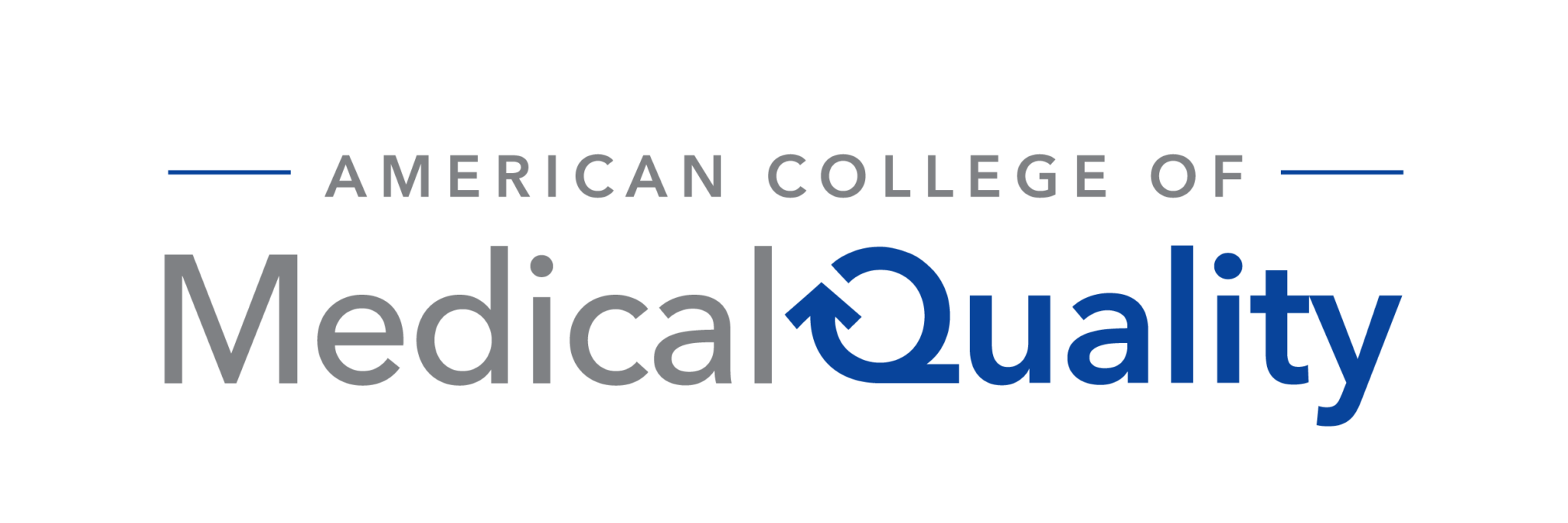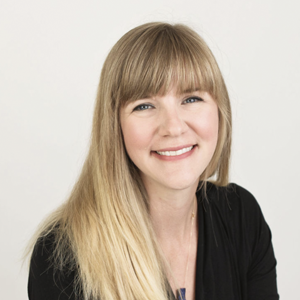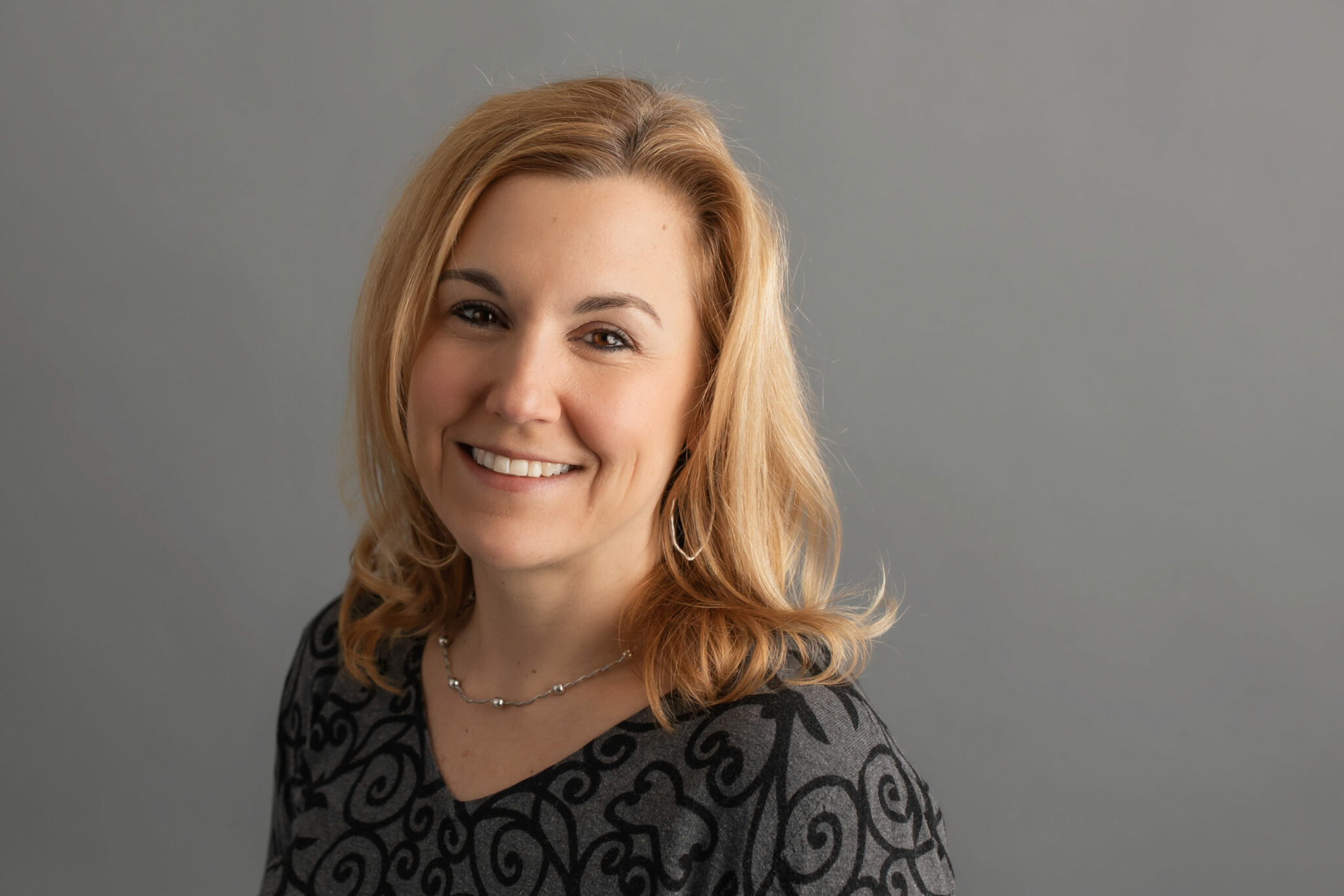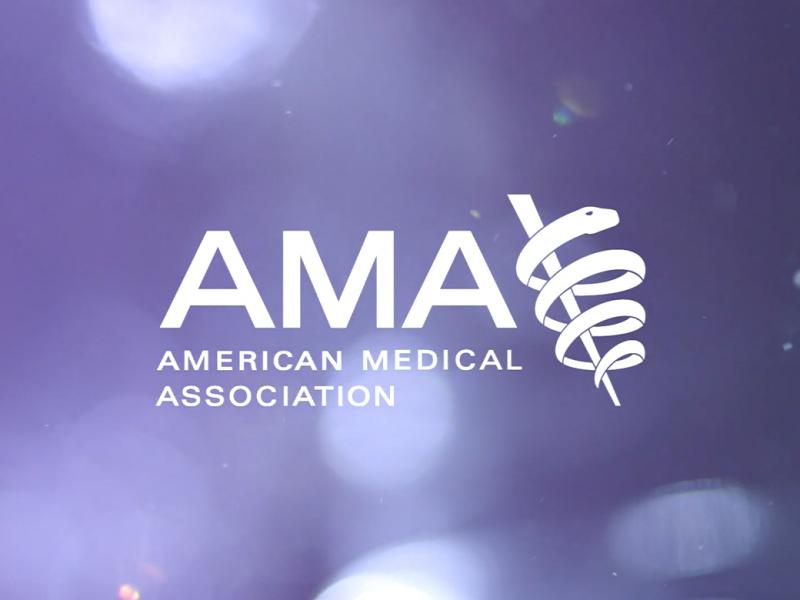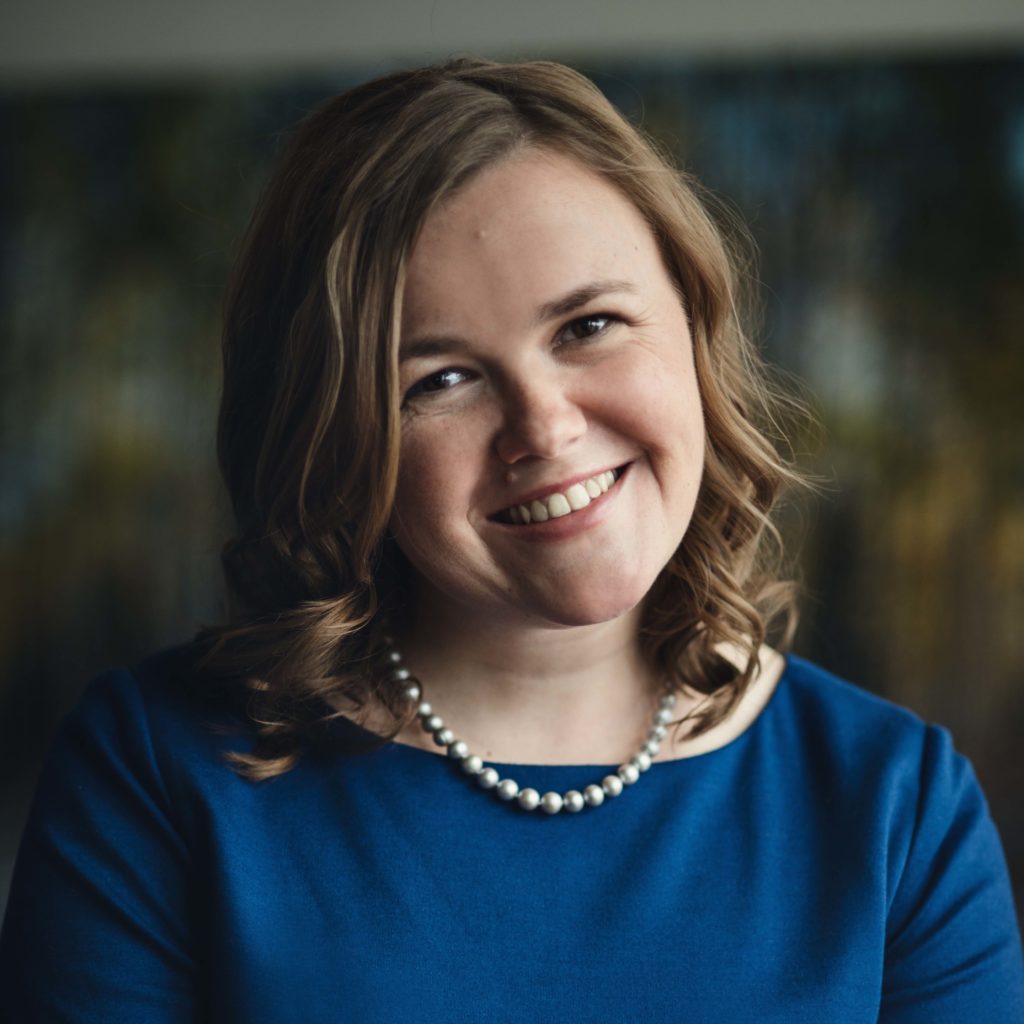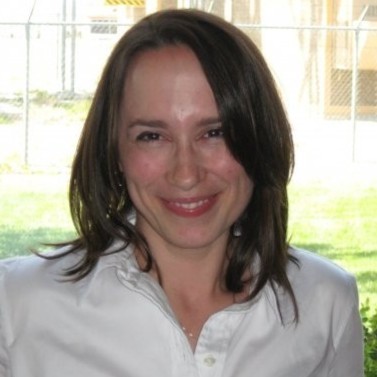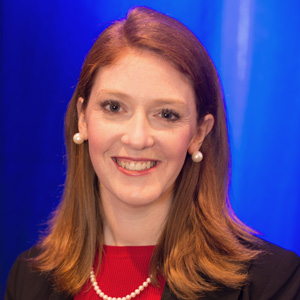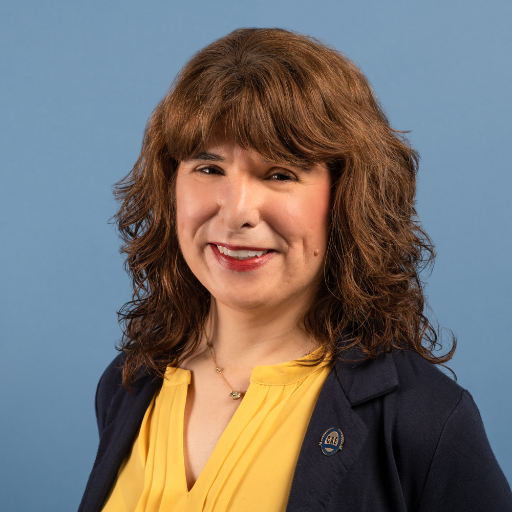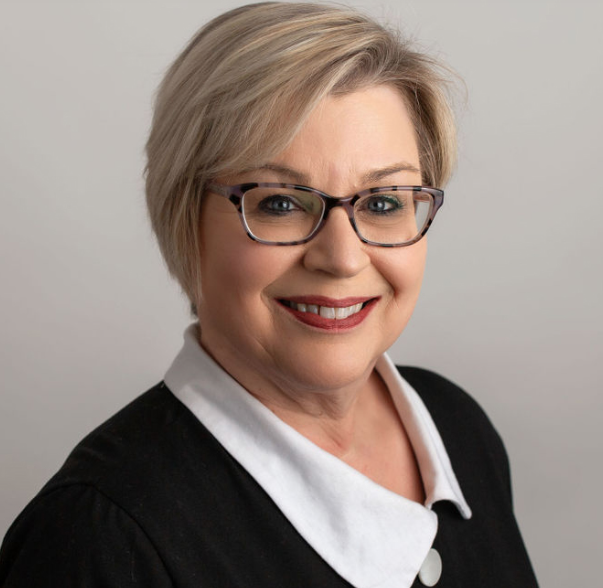
We often think of an Ambassador as an accredited diplomat sent by a country as its official representative to a foreign country. That’s true.
But the wider definition is someone who acts as a representative or promoter of a specified activity. That’s the definition we’ll use in this article as we discuss why, how, what and the benefits associated with launching an Ambassador program for your association.
Everyone related to your association—staff, leaders, members, advocators, donors, sponsors, exhibitors, conference and webinar speakers—are Ambassadors. These are individuals who at speak for your association and help define your brand.
Each of these individuals assist in forming an overarching perception of your association. That’s why it’s so important to have those Ambassadors using the same language to describe who you are, why you exist, and how your organization contributes to the betterment of society.
An Ambassador program will help you increase your association’s visibility and cement your brand. When everyone associated with your organization speaks with the same voice using similar language, it provides a consistent message. Without this, your brand may be muddled.
The first step in building your Ambassador program is to obtain buy-in. Typically, you start by explaining the benefits of the Ambassador program to your board of directors and other influencers and responding to any of their concerns. After obtaining board buy-in, introduce the program to your staff, members, founders, key donors, exhibitors, sponsors, advocators, etc.
Once you’ve attained the appropriate buy-in, ask your leaders to suggest individuals in your association that might be good Ambassadors. These may be people who know the industry, have an historic knowledge of the industry or association, or are experts in a specific area.
To reach out to these potential Ambassadors, draft an email explaining the time commitment (one to 10 hours per year) as well as the Ambassadors’ expected roles and responsibilities. It’s advantageous to start the email positively such as, “A leader in [name of association] recommended you as a strong addition to ABC’s new Ambassador because of your specific expertise in [name area of expertise].”
As part of this outreach you may choose to discuss how the Ambassador program benefits your members. By participating as an Ambassador for your association, members build strong career and leadership skills. These skills include being positioned as an industry expert, enhancing job and media interviewing abilities, improving speaking capabilities, increasing writing skills, building confidence, etc.
Follow the initial outreach with a call or email from a member—preferably someone the potential Ambassador knows and trusts. You can launch the program with as few as five Ambassadors, but the optimal number is about 20.
Here’s a secret about recruitment—anyone can sign up to be an Ambassador. The way you leverage the individual Ambassador’s knowledge and expertise as is up to you. For example, if someone is not a strong speaker, perhaps they can author a blog or draft a social media post.
The last preparation piece before launching your Ambassador program is to draft messages and conduct Ambassador training. The messages permit the Ambassadors to describe your association in the same way using similar language, ultimately creating a strong, consistent brand.
Conduct the training virtually which allows you to train individuals across the nation or around the world. The training needs to be designed to explain why, what, when and how the program works. We recommend training board and other leaders first, then conducting a second training open to all association members as a member benefit.
During the virtual training session, the trainer will discuss the key and sub-messages developed for your association. The key messages are overarching points that describe your association’s purpose, goals and mission. The sub-messages address specific events or activities such as your advocacy goals, membership benefits, accreditation or certification, annual meeting and other events etc. [TIP: If you aren’t sure how to draft key messages, start with your mission or values statement or use the paragraph at the end of your news releases.]
When the Ambassador training is complete, most members will return to their desks and many may forget what they learned. In fact, they may be called upon months after the training is completed. To ensure that your trainees have the materials they need to succeed in their Ambassador roles, we recommend creating an Ambassador Toolkit.
Your toolkit may contain the key and sub-messages, sample news releases, sample blogs, advocacy information, your logo, a PowerPoint template or other materials that may prove helpful to your Ambassadors. Depending on your members, you may choose to print the toolkit and mail it, or post it online in a members-only section of your website.
Congratulations–you are now ready to launch your Ambassador program. Activities appropriate for your Ambassadors may include representing the association during federal and state advocacy efforts, writing a blog or guest blog, authoring an article, conducting a media interview, speaking at a related organization’s event, delivering a webinar, drafting social media posts (liking or sharing a post), appearing on a podcast. etc.
Launching your Ambassador program is a great way to give your members the tools and training to effectively tell your story using the same voice, ultimately enhancing your brand.
A leader in the association community, Sheri L. Singer is passionate about solving her client’s communications, public relations, and marketing challenges. Both on staff and as a consultant, she has worked with more than 75 associations. She has 25 years of award-winning experience, including ASAE’s Gold Circle Award, with expertise in writing and editing, content development, market research, strategic communications, digital media strategy, messaging, advocacy, branding, and media relations and training.
Celebrating 20 years at Singer Communications, she was a senior executive with top public relations agencies (Ketchum PR) handling Fortune 500 clients. She started her career on association staff and spent 12 years as Director of Communications managing all internal and external communications.
She was the 2019 Chair of ASAE’s Healthcare Community Advisory Committee and a former member of ASAE’s Communications Section Council. She also is a member of PRSA and IABC. She writes and speaks frequently for the association community.


